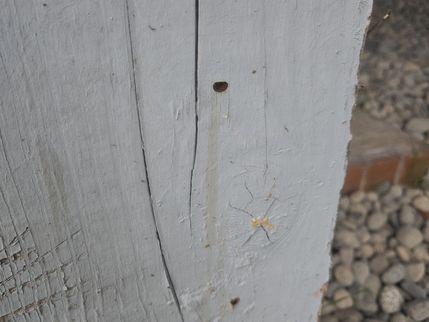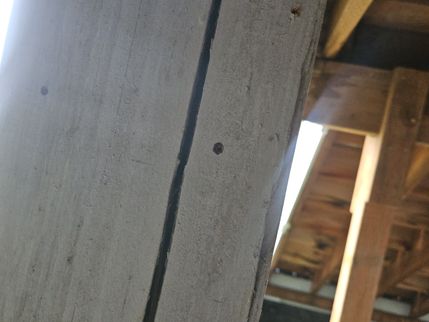The Scope and Purpose of a Home Inspection
Purchasing property involves risk
The purpose of a home inspection is to help reduce the risk associated with the purchase of a structure by providing a professional opinion about the overall condition of the structure. A home inspection is a limited visual inspection, and it cannot eliminate this risk. Some homes present more risks than others. We cannot control this, but we try to help educate you about what we don’t know during the inspection process. This is more difficult to convey in a report and one of many reasons why we recommend you attend the inspection.
A home inspection is not an insurance policy.
This report does not substitute for or serve as a warranty or guarantee. Home warranties can be purchased separately from insuring firms that provide this service.
A home inspection is visual and not destructive.
The descriptions and observations in this report are based on a visual inspection of the structure. We inspect the aspects of the structure that can be viewed without dismantling, damaging, or disfiguring the structure and without moving furniture and interior furnishings. Areas that are concealed, hidden, or inaccessible to view are not covered by this inspection. Some systems cannot be tested during this inspection as testing risks damaging the building. For example, overflow drains on bathtubs are generally not tested because if they were found to be leaking, they could damage the finishes below. Our procedures involve non-invasive investigation and non-destructive testing, which will limit the scope of the inspection.
This is not an inspection for code compliance.
This inspection and report are not intended for city / local code compliance. During the construction, process structures are inspected for code compliance by municipal inspectors. Framing is open at this time, and conditions can be fully viewed. Framing is not open during inspections of finished homes, limiting the inspection. All houses fall out of code compliance shortly after they are built, as the codes continually change. National codes are augmented at least every three years for all disciplines. Municipalities can adopt and phase in sections of the codes on their timetables. There are generally no requirements to bring older homes into compliance unless substantial renovation is being done.
This is just our opinion.
Construction techniques and standards vary. There is no one way to build a house or install a system in a house. The observations in this report are the opinions of the home inspector. Other inspectors and contractors are likely to have some differing opinions. You are welcome to seek opinions from other professionals.
The scope of this inspection
This inspection will include the following systems: exterior, roof, structure, drainage, foundation, attic, interior, plumbing, electrical, and heating. The evaluation will be based on limited observations that are primarily visual and non-invasive. This inspection and report are not intended to be technically exhaustive.
Your expectations
The overall goal of a home inspection is to help ensure that your expectations are appropriate for the house you are proposing to buy. To this end, we assist with the discovery by showing and documenting observations during the home inspection. This should not be mistaken for a technically exhaustive inspection designed to uncover every defect in a building. Such inspections are available, but they are generally cost-prohibitive to most homebuyers.
Your participation is requested.
Your presence is requested during this inspection. A written report will not substitute for all the possible information that can be conveyed verbally by a shared visual observation of the conditions of the property.
How to Read This Report
Getting the Information to You
This report is designed to deliver important and technical information in a way that is easy for anyone to access and understand. If you are in a hurry, you can take a quick look at our "Summary Page” and quickly get the critical information for important decision-making. However, we strongly recommend that you take the time to read the full Report, which includes digital photographs, captions, diagrams, descriptions, videos, and hot links to additional information.
The best way to get the layers of information presented in this report is to read your report online, which will allow you to expand your learning about your house. You will notice some words or series of words highlighted in blue and underlined – clicking on these will provide you with additional information.
This report can also be printed to a PDF file and printed on paper as desired.
Chapters and Sections
This report is divided into chapters that parcel the home into logical inspection components. Each chapter is broken into sections that relate to a specific system or component of the home. You can navigate between chapters with the click of a button on the left-side margin.
Most sections will contain some descriptive information in black font. Observation narrative, done in colored boxes, will be included if a system or component is found to be significantly deficient in some way or if we wish to provide helpful additional information about the system or the scope of our inspection. If a system or component of the home was deemed to be in satisfactory or serviceable condition, there might be no narrative observation comments in that section, and it may simply say “tested” or “inspected.”
Observation Labels
All narrative observations are colored, numbered, and labeled to help you find, refer to, and understand the severity of the observation. Observation colors and labels used in this report are:
- Major Concern:Repair items that may cost significant money to correct now or in the near future, or items that require immediate attention to prevent additional damage or eliminate safety hazards.
- Repair:Repair and maintenance items noted during inspection. Please note that some repair items can be expensive to correct such as re-finishing hardwood floors, but are considered simply repair items due to their cosmetic nature.
- Recommended Maintenance:These are repair items that should be considered "routine home ownership items," such as servicing the furnace, cleaning the gutters or changing the air filters in the furnace.
- Due Diligence:Observation such as a buried oil tank that may require further investigation to determine the severity and / or urgency of repair.
- Recommended Disclosure Items:These are observations for which we recommend that sellers disclose more information to buyers so that buyers can better understand recent servicing, repairs or maintenance or even construction history or building and site design.
- Monitor:Items that should be watched to see if correction may be needed in the future.
- Improve or Upgrade:Observations that are not necessarily defects, but which could be improved for safety, efficiency, or reliability reasons. These are often items which reflect changes in building codes or standards.
- Efficiency:Denotes observations that are needed to make the home more energy efficient as well as to bring the home up to modern insulation standards. This category typically includes windows and insulation. Other items, such as lighting and appliances, are not inspected for their energy status.
- Inspection Notes:Aside information and /or comments elaborating on descriptions of systems in the home that the inspector might find useful to purchase decisions or home ownership. .
- Limitations:Conditions present at the time of inspection which limited the scope of this visual inspection
Summary Page
The Summary Page is designed as a bulleted overview of all the observations noted during the inspection. This helpful overview is not a substitute for reading the entire inspection report. The entire report must be read to get a complete understanding of this inspection report, as the Summary Page does not include photographs or photo captions.
Moisture Meter Testing
Where moisture meter testing is indicated in this report, a Protimiter Survey Master Dual Function was used.
Summary
Major Concerns
- E-2 Exterior:
STONE SIDING REPAIRS NEEDED
The stone siding is falling off of the building. A number of loose stones were noted. I suspect this stone siding needs to be replaced. Have this further investigated and repaired as recommended by a qualified contractor.
- DPB-1 Decks, Porches and Balconies:
DECK REPAIRS NEEDED
Repairs are needed to the decks. This building has a sequence of a number of decks. They have been recently worked on and even updated and are in above average condition but a few items were noted: Examples of specific observations noted during the inspection include:
- Hangers are not sized correctly for the joists. Hangers should be at least 60% the depth of the joists. West Landing
- Eliminate post to soil contact to prevent wood decay in the base of deck posts. West landing
- The 4x4 for the west landing beam is sagging.
- Blocking is missing at the joist to beam connection - these are recommended for sheer strength. East Deck
- The guard has a bench built into it that is unsafe for children and does not comply with required guardrail standards.
- The lower deck here would be required to have a guardrail where there are bench seats.
- Openings in the doc guardrail exceed the recommended for inches
- The back deck stairs are missing a proper graspable handrail
- Carpenter ant exit holes noted in deck framing - risks concealed damage. See east deck posts
- Wood decay was noted at the base of one of the non-treated east deck posts
- The bottom posts for the metal guardrail are not secured properly to the handrail
Recommendation
Hire a qualified contractor to further evaluate and implement repairs as recommended to ensure safe and reliable performance and to prolong the useful life of the decking systems here.
- RCG-1 Roof, Chimney and Gutters:
REPAIR OR REPLACE ROOFING SYSTEM
This roof is done in an architectural-grade composition shingle. The roof looks close to the end of its useful service life, and localized areas of failure were noted. Roof replacement can be more cost-effective than repairs depending on the scope, cost, and urgency of needed repairs.
Recommendation
Hire a qualified roofing contractor to further evaluate this roof and repair or replace as recommended. Examples of specific observations noted during the inspection include:
- Damaged rake edge shingles noted
- Localized physical damage noted
- Mild corrosion noted on the skylight flashings
- Some of the holes to secure the skylights are missing fasteners
- The copula on the roof is in poor condition
- Shingles are getting older and not bonding as well. They will be increasingly vulnerable to wind damage.
- Moderate to heavy granule loss on the shingles
- Fairly heavy granule loss noted on the roofing shingles
- Damaged ridge shingles - south end
- Plumbing boots are torn and will leak
- A hole was noted on the west ridge
- Damaged ridge shingles on the garage
- The roofing shingles do not adequately overhang the fascia at rake ends. These should hang off at least 1 inch.
- HCFV-3 Heating, Cooling, Fireplaces and Ventilation:
OLD AIR CONDITIONER IN UNRELIABLE CONDITION
The outdoor air conditioner compressor appears to be inoperative - it is in visibly poor condition and the listing plate is no longer legible. It was too cold out to test the AC today but I would be surprised if this older system is working well. Have this appliance serviced and repaired or replaced as recommended.
- WH-4 Water Heaters:
ODOR OF BURNING / OVERHEATING WIRING NOTED AT THE WATER HEATER
A smell of burning / overheating wiring was noted at the water heater. Have this further investigated and repaired as soon as possible for safety.
✒️
- Please note that based on the age of this water heater I would consider updating the tank as soon as possible.
- CS-1 Crawl Space:
CRAWL SPACE REPAIRS NEEDED
Overall, numerous repairs are needed to the crawl space below this house. I have made a series of detailed observations in the base of this report but given the extent of what is visible, additional repairs could be needed that are latent or concealed. Clearances are minimal making this space difficult to access and work in. Examples of observations noted during inspection include:
- The access points for the crawl space need to be rodent proofed
- Active plumbing leaks were noted below the main bath tub
- Active leaks below the main bath tub
- Holes in the sub-floor should be air-sealed prior to re-insulating.
- Sandy loose soils can make rodent proofing more difficult as rodents can burrow under.
- Damaged ductwork insulation should be repaired as needed.
- Water seems to be leaking into the crawl space from the west side
- Minor water noted in the crawl space on the older side of the house
- Water was noted in the crawl; space was minor but could get worse seasonally
- Moisture ant damage was noted in the framing at the west side - I believe this is where the concrete walkway meets the building. No live ants were found.
- A rotted post was noted at the west side - this needs to be replaced
- The clear plastic vapor barrier is damaged, incomplete and inadequate
- Wood debris should be removed from the crawl space - this is conducive to wood destroying organisms
- Incomplete vapor barrier
- Condensate lines are draining into the crawl space. This should be repaired - all condensate should terminate to the exterior
- Signs of active rodent activity was noted
Recommendation
I recommend further evaluation of this crawl space by a licensed general contractor. Implement clean-up and repairs as deemed necessary.
- SB-1 Structure and Basement:
FOUNDATION CRACKING NOTED
Significant cracking was noted in the poured concrete foundation. The cracks are a symptom that the soils below the foundation are not adequately supporting the structure of the building. Repairs may be needed to prevent on-going movement in the structure.
Recommendation
I recommend additional inspection by a qualified contractor or structural engineer to further investigate this foundation and determine the scope and urgency of needed repairs.
✒️
- Please note that soil probing around footings indicated loose and poorly compacted soils.
- Inside, laser level testing shows minor to moderate settlement in the building.
- Wall and ceiling cracks were noted on the interior - these could be related to movement in the building
- RPWDO-1 Rodents, Pests and Wood Destroying Organisms:
EXTENSIVE RODENT CONTAMINATION
Extensive rodent contamination and damage was noted in the crawl space below the building, attic above the building and below the bathtub. Hire a rodent control specialist or crawl space clean-up contractor to further evaluate and implement repairs as recommended to exclude rodents and remediate damage and contamination. Repairs should include sealing all openings, setting and monitoring traps and remediating all contamination. Once rodent contamination has been cleaned, be sure to check wiring for physical damage as rodents can chew wiring which can create unsafe conditions. Regular baiting and trapping is recommended to ensure exclusion work was successful; it is common to need to do several rounds of exclusion work to rodent proof a space that has had more extensive rodent infestation.
Repairs
- G1-1 Grounds:
HARDSCAPE TO WOOD CONTACT
The hardscape has been installed in contact with the base of the exterior siding system - see the garage and the concrete entry at the house. This is conducive to wood destroying organisms as it can trap water against the siding. Where possible, an air gap should be provided to allow the siding materials to keep dry. Generally, a 2 inch clearance is recommended between siding and hardscape.
- Siding to hardscape contact noted around the garage
- I believe there is moisture ant damage behind the house here - see observations noted in the crawl space chapter
- E-1 Exterior:
EXTERIOR REPAIRS
Localized rot repairs are needed to the exterior trim and siding. Hire a licensed general contractor to further evaluate and repair the exterior siding system. Repair and replace all damaged and decaying exterior wood as needed. Please note that this condition can indicate additional concealed damage that is not visible to inspection. During inspection. I noted:
- Localized wood decay in the south side of the windowsill material and the garage
- Localized wood decay on the exterior south facing window trim
- Clean the old vine material off the siding at the water-side and re-paint as needed.
- G-1 Garage:
MOLD-LIKE SUBSTANCES NOTED IN THE GARAGE
Mold-like staining patterns were noted on the walls and ceiling of the garage. These are likely from an active or prior moisture condition.
✒️
- I recommend using a stain killing primer and paint to seal affected areas as needed.
- Installing additional ventilation could help reduce humidity in the garage and reduce risks of moisture control problems.
- Consult with a qualified contractor about options for repair.
- Testing at the time indicated materials were dry.
- G-2 Garage:
OVERHEAD GARAGE DOOR SERVICING
Repairs are needed to the overhead garage door system. Have the overhead garage door system serviced and repaired as recommended by a specialist to ensure safe and reliable performance. Observations noted during inspection include:
During inspection, a number of observations were made:
- The overhead garage doors did not respond to testing.
- Extension cords were noted connecting power to the overhead garage door openers. This is not recommended. Permanent electrical fixtures should not rely on extension cords for power.
- RCG-2 Roof, Chimney and Gutters:
MOLD-LIKE SUBSTANCES NOTED AROUND SKYLIGHTS - ATRIUM
Mold-like substances were noted around the inside of the skylight chamber. Please note that inspection and identification of mold is beyond the scope of this inspection. This condition appears to be isolated to the skylight chamber and is likely from inadequate insulation and ventilation resulting in seasonal condensation. Have this situation further evaluated and repaired by a general contractor and all mold-like substances encapsulated and removed.
- ES-1 Electric Service:
GARAGE WIRING REPAIRS AND UPDATES
There is a detached three car garage here that doe snot have a sub-panel. It is not clear how the wiring is done here. Much of the wiring was no responding to testing. Have the garage wiring further evaluated and repaired as recommended by a licensed electrical contractor. I would consider adding a feed and a sub-panel for this garage.
- ES-6 Electric Service:
GROUND RODS NOT FULLY DRIVEN
Have the electrical earthing system checked by a licensed electrician. The grounding rods noted during visual inspection were not fully driven - these should be driven all the way into the ground. The earthing system is an important safety feature which is a designed electrical path to dissipate a static discharge voltage (such as Lightning) to earth. General standards are to have two grounding rods at least 6 feet apart if there is not a UFER ground employed.
- EDF-1 Electric Distribution and Finish:
NM CABLE TO A PLUG NOTED
Non-metallic sheathed cable wiring should not be installed with a plug into a receptacle. This wiring is designed to be hard-wired with terminations inside listed junction boxes. The wiring should be repaired to eliminate this configuration. See garage lighting.
- EDF-2 Electric Distribution and Finish:
NO ELECTRIC RECEPTACLE FOUND FOR THE HEAT PUMP
The outdoor compressor for the heat pump system should have an electric receptacle within 25 feet to service the equipment. None was found during inspection. Consult with an electrician about adding an outdoor receptacle for this purpose.
- EDF-4 Electric Distribution and Finish:
GFCI PROTECTED DEVICE DID NOT RE-SET
The GFCI protected receptacle on the exterior did not respond to testing and may be defective - it did not trip when tested. Have this receptacle repaired or replaced as needed.
- HCFV-1 Heating, Cooling, Fireplaces and Ventilation:
SERVICE THE HEATING SYSTEM - 90% ON NORTH END
Annual servicing of gas forced air furnaces is recommended for safe and reliable heat. I could not find recent service records on the furnace. A servicing is recommended if one has not been done in the last year. The furnace was tested during the inspection and was operational.
Examples of observations noted during the inspection include:
- The furnace looks nice and clean inside the cabinet area.
- The furnace was operating well at the time of inspection
- This service records indicate it was installed in 2015 and the last service record is from 2019
- HCFV-2 Heating, Cooling, Fireplaces and Ventilation:
SERVICE THE HEATING SYSTEM - 80% ON THE SOUTH END
Annual servicing of electric forced air furnaces is recommended for safe and reliable heat. I could not find recent service records on the furnace. A servicing is recommended if one has not been done in the last year. The furnace was tested during the inspection and was operational.
Examples of observations noted during the inspection include:
- The gas supply connector is run through the gas furnace cabinet - this is not allowed
- The furnace is dirty at the base of the burner assembly
- There is a timer next to the furnace that is not set - see the missing metal clips.
- The foil paper in the attic appears to be too close to the furnace flue - be sure there are adequate clearances here.
Note
- The furnace was tested and operating during inspection
- WH-2 Water Heaters:
WATER HEATER SEISMIC RESTRAINTS
Install listed seismic straps to restrain the water heater in the event of an earthquake; none were noted during inspection. Two straps should be located on the water heater: one on upper 1/3rd of tank and one at the lower 1/3rd.
- WH-3 Water Heaters:
NO DRAIN PAN FOR WATER HEATER
No drain pan has been installed below the water heater here. A drain pan is recommended under water heaters that are located in finished spaces or where a leak could damage finishes. Where a pan does not already exist, the tricky part is providing a drain to the outside. A pan without a drain is often of limited benefit / protection. For improved protection from accidental water heater leaks, and where a drain is difficult to install, consider a pan with a moisture alarm and a flood-safe device such as this: Watts Water Heater Leak Prevention.
- WH-5 Water Heaters:
WATER HEATER RELIEF VALVE DISCHARGE TUBE NOT SLOPED TO DRAIN
The discharge tube for the water heater temperature and pressure relief valve is incorrectly installed. The drain should slope to drain to prevent water pooling inside the discharge tube - this has not been done and water collecting inside the discharge could corrode and disable this important safety feature. Ideally, the discharge tube for a relief valve:
- Terminates to an exterior location or above a drain, though this is not always possible
- Slopes to drain to prevent water pooling inside the discharge tube
- Is not made from pipe with an inside diameter less than 3/4 on an inch
- Terminates to a visible location that can be monitored for leaks and discharges
- Does not have a threaded termination point which would prevent accidental capping of this important discharge
- Does not terminate into a drain pan
I recommend having this relief valve discharge tube further investigated and repaired as recommended by a licensed plumber.
- WH-6 Water Heaters:
LEAK AT THE WATER HEATER SUPPLY CONNECTOR
An active leak was found at the water heater supply connector. This should be repaired as soon as possible to stop the leak and repair any water damage as needed.
- AP-2 Additional Plumbing:
BACKFLOW PREVENTION NOTED - NO SERVICE RECORDS FOUND
This house has a backflow prevention device installed to protect your domestic water supply system from a cross-connection with the irrigation system. Annual inspection of backflow devices is recommended as these perform a surprisingly critical safety task: keeping your drinking water and possibly even your neighbor's drinking water safe from contamination. This article has more information about recommended scheduled inspections for backflow prevention devices.
✒️
- No service records were noted on the backflow prevention device
- I-1 Interior:
CUPPING HARDWOOD FLOORS NOTED
The hardwood floors were noted to be cupping chronically. Cupping is when the wood flooring presents with a cupped or scalloped appearance. This can be a sign of excessive moisture inside the house, inconsistent conditioning of inside air or moisture control problems in the basement or crawl space. It can also be related to how the flooring was installed or inconsistent heating of the home. Please see crawl space and basement chapters of this report for any evidence of moisture conditions below these floors. As this is a localized problem it presents as a cosmetic defect at this time. Consult with a wood flooring specialist about options for repair.
- I-3 Interior:
DOOR REPAIRS NEEDED
A number of repairs are needed for the doors in this building. Examples of observations noted during the inspection include:
- The bifold doors to the water heater closet in the office are damaged
Recommendation
Hire a qualified general contactor to further evaluate and repair/adjust interior doors for reliable performance.
- I-4 Interior:
LOST SEAL - EAST SIDE
A lost seal was noted in the glazing. This has resulted in fogging between the panes of glass that cannot be cleaned without glazing repair or replacement. Hire a glazing specialist to further evaluate and repair or replace all glazing with lost seals.
- K-2 Kitchen:
TRAP SEAL TOO DEEP
The trap seal for the kitchen sink waste piping is too deep - this seal should not exceed 4 inches. This could lead to sediment build-up in the pipes. Hire a licensed plumber to further evaluate and repair.
- K-3 Kitchen:
S-TRAP AT THE KITCHEN SINK WASTE PIPING - KITCHEN BAR
The waste plumbing to the kitchen sink is not properly vented and has an S-trap configuration. This trapping is no longer allowed as it risks siphoning the trap and allowing sewer gas to enter the home. Hire a licensed plumber to repair with proper venting loop or an air admittance valve.
- K-5 Kitchen:
SOMETHING STUCK IN THE SINK DISPOSER
The kitchen sink disposer is making a loud noise during operation, suggesting that something is stuck inside the disposer. Clean or repair the sink disposer as needed.
- LF-5 Laundry Facilities:
LEAKING WASTE PIPING
The waste plumbing below the laundry bathroom sink is leaking and requires immediate repair. Hire a licensed plumber to further evaluate and repair.
- HB-4 Hall Bathroom:
RODENT DROPPINGS NOTED BELOW THE JETTED TUB
Inspection below the jetted tub today indicated rodents have been below the tub at one time. Only a few droppings were noted and these appeared to be old. Inquire with the seller regarding the history of rodent problems and set and monitor traps to verify this is and older condition. Also, seal around plumbing penetrations at the sub-floor. This is good for the house in general and will help keep rodents out of this space.
- MB-3 Main Bathroom:
LEAKY SHOWER DIVERTER
The main bath shower diverter, which diverts water from the tub fill spigot to the shower head, is leaky and requires repair to prevent wasting water and to improve flow to the shower head.
- A-5 Attic:
RIDGE AND GABLE VENTS NOTED
The attic and roof cavity ventilation look to be non-standard. Proper attic ventilation is important for the roofing materials to perform as intended and to reduce chances for condensation problems and heat build-up in the attic. One problem here is the use of ridge vents and gable vents. Most ridge vent manufacturers recommend ridge and soffit vents only to encourage convective ventilation across the roof decking; the gable wall vents can disrupt this convective air flow. At the time of inspection, red flags were found indicating that repairs could be needed to this roof cavity ventilation system.
- CS-2 Crawl Space:
CRAWL SPACE VENTS VULNERABLE TO WATER ENTRY
Some of the crawl space vents are positioned below grade - see the west side. This can lead to water draining into the crawl space during heavy rains. Often wells can be installed and the soils around the wells graded to divert water away from the vents. Have this further evaluated and repaired as recommended by a qualified general contractor to ensure seasonal drainage does not enter the crawl space.
Recommended Maintenance
- G1-2 Grounds:
CLEAN CATCH BASINS
The catch basins are clogged with organic debris and require cleaning to ensure reliable performance of the drainage system.
- G1-4 Grounds:
TREE AND VEGETATION PRUNING
Pruning trees, branches and vegetation away from the building is recommended. Where trees, branches and large shrubs can provide rodent access to the roof, a minimum 6-foot clearance is recommended as many rodents can jump 6-feet. All vegetation, including smaller landscaping such as grasses, flowers and shrubs should be kept 1-foot off the house to eliminate contact which could trap moisture against the building.
- RCG-3 Roof, Chimney and Gutters:
GUTTER AND DOWNSPOUT REPAIRS - CONSIDER UPDATING DURING THE NEXT RE-ROOF
The gutters and downspouts require repairs to ensure reliable performance. Gutter and downspout systems are critical for controlling roof runoff and preventing water from damaging the building. Regular gutter care is needed to keep this system working reliably, especially keeping gutters clean, well-secured, and draining away from the structure. Implement gutter and downspout repairs as needed. Examples of specific observations noted during the inspection include:
🛠
- Gutters are clogged with organic debris
- Downspouts are loose and poorly connected to the gutters and building in places
- EDF-3 Electric Distribution and Finish:
GFCI PROTECTION RECOMMENDED
Since the 1970s, requirements for GFCI (Ground Fault Circuit Interruption) protection have changed, and locations requiring GFCI protection seem to get added with every code cycle. It is common for older residential buildings to have some or even many electric receptacles that do not meet modern safety standards. GFCIs have proven successful at reducing electrocutions, and it seems likely that someday, every circuit, receptacle, and appliance in the building will require GFCI protection. The first chart below shows how successful GFCIs have been at reducing risks from electrocution. The second illustration shows where GFCI protection is required as of the 2020 NEC and WAC. As a general best practice for safety. For improved safety, I always recommend bringing GFCI protection up to modern safety standards.
During inspection today, I noted that GFCI protection is inconsistent with modern minimum standards for safety in the following locations:
- No GFCI protection in the garage
- GFCI protection is incomplete at the laundry
- GFCI protection is incomplete in the kitchen
- HCFV-7 Heating, Cooling, Fireplaces and Ventilation:
SCREEN RECOMMENDED FOR FIREPLACE
For improved child safety, consider installing a metal screen in front of the gas log fireplace glass. These screens are required on newer gas logs. The glass panels on gas fireplaces and even materials around the fireplace can become very hot and pose a burn hazard. Use caution when using these fireplaces when small children are present.
- P-2 Plumbing:
SUPPLY PIPE INSULATION
The supply pipe insulation is incomplete in the crawl space. Be sure all supply lines in unheated spaces have been adequately insulated to protect from freezing conditions that could damage the pipes and to prevent heat loss.
- WH-1 Water Heaters:
OLD WATER HEATER
This water heater is past its typical design life. Replacement is recommended for improved reliability as this unit could fail at any point. The average life of these water heaters is 8-20 years. The service life of a water heater will depend on a variety of factors such as water quality and regular scheduled maintenance such as flushing the tank and replacing sacrificial anodes.
- I-5 Interior:
OLD METAL FRAMED WINDOWS
The windows in this house are old metal framed windows. These older metal framed windows are more prone to seasonal condensation problems and are less efficient than modern windows. Loose plastic trims were noted on the exterior. Updating would be a logical improvement and will eventually become needed.
- LF-3 Laundry Facilities:
CLEAN THE CLOTHES DRYER EXHAUST VENT
The dryer exhaust ductwork is dirty and needs to be cleaned for improved safety. This is important, regular maintenance to eliminate a potential fire hazard.
Due Diligence Items
- GC-1 General Comments:
OLD BUILDINGS AND LEAD AND ASBESTOS
In 1978, federal laws were passed to prohibit use of lead and asbestos in building materials. Manufacturers of building materials were allowed to sell existing stocks of materials that were manufactured with lead and asbestos, so even buildings constructed as late as the mid-1980's could possibly contain lead or asbestos. Identification and testing for lead and asbestos and other environmental testing is beyond the scope of this home inspection. If you wish to seek additional information, I recommend contacting an environmental lab or industrial hygienist.
- ES-7 Electric Service:
NO CSST BONDING FOUND
No electrical bonding or earthing connection was noted on the metal gas pipe. The 2009 edition of NFPA 54, National Fuel Gas Code, includes new requirements for bonding CSST gas piping systems to the grounding conductor of the building's electrical system, to reduce the possibility of damage by lightning strikes by reducing the electrical potential between metallic objects and building systems, including gas distribution. Have this further investigated by a qualified electrical contractor and repaired as recommended.
- P-1 Plumbing:
NO MAIN WATER SHUTOFF FOUND
No main water shut-off was found inside the house. There is typically a shut-off at the meter in the street, but this can be a time-consuming and difficult shut-off to access in an emergency. Inquire with the seller about the location of the main water shut-off, as it may be concealed behind finishes or stored items. If no readily accessible shut-off exists, hire a licensed plumber to further evaluate and install.
- P-4 Plumbing:
ONSITE SEPTIC SYSTEM
Based on visible components, this property appears to have a private on-site septic system. These are specialty systems and are excluded from this inspection. Comments in this report related to this system are made as a courtesy only and are not meant to be a substitute for a full evaluation by a qualified specialist. Generally, septic tanks should be pumped and inspected every 3 years. Depending on the type of system and municipal regulations, inspection and maintenance may be required more frequently, often annually. I recommend:
- Investigating any information about this system's maintenance and repair history
- Reviewing any documentation available for this system
- Learning inspection and maintenance requirements for this system
- Hire a qualified specialist to evaluate, perform maintenance and make repairs as needed
- AP-1 Additional Plumbing:
IRRIGATION SYSTEM NOTED
An exterior irrigation system was noted for this yard. Sprinkler systems are beyond the scope of this inspection. My own experience with irrigation systems is that they require annual attention/repair/servicing after every winter. Inquire with the seller for any information about winterizing this system, as this should be done before cold weather. When testing the system, be sure sprinkler heads are adjusted so the system is not watering the side of the house. Hire a specialist to evaluate this system further as desired.
- AP-3 Additional Plumbing:
WATER FILTERATION NOTED
A water filtration system was noted in the house - see in the garage. Evaluation of this system and water quality is beyond the scope of this inspection. I recommend inquiring with the seller for any maintenance, warranty or installer information that pertains to this system. If the system has not been serviced recently, have the filter system serviced and filters cleaned or replaced as a part of the recommended maintenance schedule.
- A-3 Attic:
EVIDENCE OF ATTIC CONDENSATION PROBLEMS NOTED
Stains were noted on the roof decking material when viewed from the attic. This indicates the attic has experienced prior condensation problems during the cold weather months. Generally, the way to prevent seasonal condensation in an attic involves a 4-pronged approach:
1. Air seal the ceiling as is feasible to slow air migration from the interior into the attic.
2. Be sure all bath and kitchen fans in the attic are well-sealed and venting to the exterior.
3. Keep indoor relative humidity below 55% during cold-weather months
4. Make sure the roof cavity / attic spaces are correctly ventilated.
Options for handling this include:
- Implement the cheapest and most obvious repairs and monitor during cold weather to make sure the space is staying dry and take additional corrective action only if needed
- Have it further investigated by a mold remediation or building performance contractor.
It is difficult to gauge during a one time inspection the degree to which this is an older or intermittent problem. Attic condensation problems can be seasonal and related to occupant behavior and even drainage. This makes it difficult to make an accurate recommendation for corrective action as it can take time to determine a practical scope and urgency for repair. For more information about roof condensation problems, please see the attached hot link above. Observations noted during inspection include:
- Localized darkening was noted in the attic - particularly around exposed nail heads and at dead air spaces.
- Older can lights were noted that likely leak air into the attic
- CS-4 Crawl Space:
MUD STAINS NOTED ON THE CRAWL SPACE VAPOR BARRIER
Water stairs were noted on top of the vapor barrier - see mud stains at the east side. Inquire with the seller for any history of drainage repairs to the property. It is possible that additional drainage work could be needed to keep this space dry.
Recommended Disclosure Items
- G1-5 Grounds:
ARBORIST RECOMMENDED
An arborist should be hired to further evaluate the large trees on the property and prune or remove them as recommended. Whenever large trees are located near a house, a higher level of maintenance should be expected to keep trees safe and healthy, eliminate the risks of damage to the home or building materials from falling limbs, and eliminate rodent entry points. With larger trees such as firs, pruning is recommended to reduce the sail effect and reduce strain on these trees during high winds. If an arborist has not been out in the last few years, I recommend a new consultation.
Items for Monitoring
- G1-3 Grounds:
CORRUGATED DRAIN PIPE NOTED
Corrugated storm drain pipe appears to be used for sub-surface drainage work to divert roof runoff away from the building. This product is prone to failure as it is susceptible to crushing and clogging. No evidence was found during inspection that these drains are backing up and require repair. Monitor during heavy rains to ensure roof runoff is being reliably carried away from the structure.
- K-4 Kitchen:
SINK DISPOSERS ARE NOT RECOMMENDED ON SEPTIC
Kitchen sink disposers are not recommended on septic systems. Refrain from using except for the items that get away from you. Here is a link for more information from the EPA about septic systems. Link to EPA guide.
- HB-2 Hall Bathroom:
The waste plumbing below the hall bathroom sink has an older weep leak - see stains below the pipe. I ran lots of water today. No leakage found. Monitor.
Improve Or Upgrade Items
- FSD-1 Fuel Storage and Distribution:
NORTHRIDGE VALVE RECOMMENDED
Consider improving the safety of the gas meter connection with a Northridge Valve. These are seismic protection that can automatically shut off the gas in the event of an earthquake.
- ES-3 Electric Service:
MODERN AFCI PROTECTION IS A SAFETY IMPROVEMENT
AFCI (arc fault protection) is now required on all branch circuits supplying outlets or devices installed in residential dwelling unit kitchens, family rooms, dining rooms, living rooms, parlors, libraries, dens, bedrooms, sunrooms, recreation rooms, closets, hallways, laundry areas, and similar rooms and areas. The goal of this protection is to reduce risks of electrical fires. Consult with a licensed electrician about improving circuit protection as desired. I would consider this improvement in the context of other electrical repairs or upgrades. Please note that if you add or replace receptacle outlets to the existing system, they should comply with modern AFCI standards.
- ES-4 Electric Service:
NO SURGE PROTECTION FOUND
No surge protection was noted at the electrical equipment today. The 2020 edition of the National Electric Code requires type I or type 2 surge protection on new or renovated homes. Though not adopted yet this code change reflects the growing complexity of electric appliances in our houses and the growing risk of damage to electrical equipment due to internal or external electrical surges. This short video explains more about electrical surges and surge protection. I recommend upgrading and adding surge protection for improved protection of the electrical appliances in this building. I would do this in the context of other electrical repairs or upgrades.
- HCFV-6 Heating, Cooling, Fireplaces and Ventilation:
MECHANICAL VENTILATION
This building has no provisions for automatic mechanical ventilation - I did not find a 24 hour timer for a fan anywhere - typical for a building of this age. Installing a bath or laundry fan on a 24 hour timer is recommended to ensure mechanical air changes. This can help keep relative humidity in check. As a general rule, keep relative humidity below 55% in cold weather to reduce chances for condensation. You can monitor relative humidity with inexpensive temperature and relative humidity gauges. For a nice fan system I recommend looking at Panasonic Whisper Green fans - these do not rely on a timer and run continuously to facilitate air changes. Panasonic Fans Website
- P-5 Plumbing:
OLDER HOSE BIBS NOTED
Older hose bibs were noted on this building - see the south side. Updating the hose bibs is recommended. Modern hose bibs are typically "frost free," which are (arguably) more resistant to bursting in cold weather. They also have important vacuum breakers installed which can prevent water from your hoses backing into your water supply system. In the meantime, be sure to winterize your hose bibs during cold weather to prevent from freezing and consider adding a vacuum breaker to the end of the hose bib. The following video shows a vacuum breaker.
- LF-2 Laundry Facilities:
MOISTURE ALARM RECOMMENDED
A moisture alarm with water shut-off features is recommended under the washing machine to protect against accidental leaks in the supply hoses. Pans can be effective when there is a drain, but even these will not protect against a burst supply connector. A moisture alarm with automatic shut-off will. Watts is a brand I have seen installed: Link.
- LF-6 Laundry Facilities:
LAUNDRY FAN RECOMMENDED
No ventilation fan was found for the laundry facilities. This is common in older buildings and required in newer buildings. Installing a ventilation fan is recommended to help control indoor relative humidity. This fan can be run during operation of the laundry and/or placed on a timer to come on automatically throughout the day.
- CS-3 Crawl Space:
No positive connections were noted connecting the posts to the footings in the floor frame of the house. This is a standard practice in older construction, but makes the home more susceptible to seismic damage. Positive connections are recommended. Hire a general contractor to further evaluate and improve.
- SB-2 Structure and Basement:
OLDER SEISMIC PROTECTION NOTED
The hardware used for seismic protection on the older part of the building here is older. As an example, the washers used today for foundation bolts are 3-inch square washers. It is common for older houses to be done to lesser seismic protection standards. Some older houses have no seismic protection at all. Starting around the 1970's seismic protection starting being required and standards have improved over the years. Consult with a qualified general contractor about options for improving this protection as desired.
Efficiency Items
- A-4 Attic:
OLD ATTIC INSULATION
The attic insulation could be improved to modern standards, which recommend R-49 on the floor and R-21 on the walls. R-value is the measure of resistance to heat loss; the higher the R-value, the better the insulation. During insulation repairs, it is best practice to implement any air seal-up repairs to seal air leakage. Also, be sure you have completed any wiring or other projects needed in the attic. Then, hire an insulation contractor to improve thermal barriers.
📸 The Complete Report
Grounds
Drainage and Site
Window and Stairwells
Driveways/Walkways/Flatwork
Grounds, Trees and Vegetation
Exterior Stairs
Retaining Walls
Fences
Outbuildings, Trellises, Storage Sheds, Barns
Exterior
Siding and Trim
Exterior Vent and Exhaust Terminations
Eaves
Exterior Doors
Exterior Window Frames
Decks, Porches and Balconies
Wood Decks Porches and Balconies
Concrete Decks, Stoops, Landings and Porches
Water-Resistant Decks and Balconies
Electric Service
Electrical System Safety Overview
Electric Service Permits Found
Electric Service Voltage Tested
Electric Service
Electric Service Equipment
Sub Panel
Electrical Grounding System
Electrical Bonding System
Electric Distribution and Finish
Branch Wiring
Receptacles and Fixtures
Smoke and Carbon Monoxide Alarm Systems
Ceiling Fans
Heating, Cooling, Fireplaces and Ventilation
Heating System - Direct Vent
Heating System - Natural Draft
Vents and Flues
Air Filters
Cooling Systems and Heat Pumps
Heating and Cooling Distribution Systems
Mechanical Ventilation Systems
Gas Fireplaces
Solid Fuel Fireplaces
Plumbing
Water Service Supply
Distribution Pipe
Waste Pipe and Discharge
Exterior Hose Bibs
Sump Pumps and Drains
Sewage Ejector Pumps
Interior
Floors and Floor Materials
Walls, Ceilings, Trim, Hallways and Closets
Wall Insulation and Air Bypass
Stairs and Railings
Interior Doors
Windows
Kitchen
General Kitchen Photos
Sinks and Faucets
Cabinets and Countertops
Disposers
Dishwasher
Ventilation Method
Ranges, Ovens and Cooktops
Refrigerators
General Kitchen Condition
Hall Bathroom
General Bathroom Photos
Sinks and Cabinets
Toilet
Bathtub / Shower
Bathroom Ventilation
General Bath
Main Bathroom
General Bathroom Photos
Sinks and Cabinets
Toilet
Bathtub / Shower
Bathroom Ventilation
General Bath
Guest Bathroom
General Bathroom Photos
Sinks and Cabinets
Toilet
Bathtub / Shower
Bathroom Ventilation
General Bath
Attic
Attic Access
Attic Pulldown Ladders
Roof Framing and Sheathing
Fire Separation and Fire Blocking
Attic Insulation
Attic and Roof Cavity Ventilation
General Comments
Building Characteristics, Conditions and Limitations
Type of Building : Residential Single Family (1 story)
Approximate Square Footage: 3075
Approximate Year of Original Construction: 1980
Unless the wiring in the building has been fully updated, this building likely has wiring that predates the late 1980's. Branch circuit wiring installed in buildings built prior to the late 1980's is typically rated for a maximum temperature of only 60 degrees Celsius. This includes non-metallic sheathed (Romex) wiring, and both BX and AC metal-clad flexible wiring. Knob and tube wiring, typically installed in homes built prior to 1950, may be rated for even lower maximum temperatures. Newer electric fixtures including lighting and fans typically require wiring rated for 90 degrees Celsius. Connecting newer fixtures to older, 60-degree-rated wiring is a potential fire hazard. Repairs for such conditions may involve replacing the last few feet of wiring to newer fixtures with new 90-degree-rated wire, and installing a junction box to join the old and new wiring. It is beyond the scope of this inspection to determine if any such incompatible components are installed. Based on the age of this building, be aware that such components may be present.
Attending the Inspection: Buyer and Buyer's Agent
Occupancy: Unoccupied
Animals Present: No
Weather during the inspection: Cloudy
Approximate temperature during the inspection: Below 55[F]
Ground/Soil surface conditions: Wet
For the Purposes of This Report, the Front Door Faces: West
OLD BUILDINGS AND LEAD AND ASBESTOS
In 1978, federal laws were passed to prohibit use of lead and asbestos in building materials. Manufacturers of building materials were allowed to sell existing stocks of materials that were manufactured with lead and asbestos, so even buildings constructed as late as the mid-1980's could possibly contain lead or asbestos. Identification and testing for lead and asbestos and other environmental testing is beyond the scope of this home inspection. If you wish to seek additional information, I recommend contacting an environmental lab or industrial hygienist.
This house was vacant / unoccupied at the time of inspection. Vacant and unoccupied houses present unique challenges for home inspection, especially the piping and wiring systems which have not be subject to regular use prior to the inspection. While these systems can be tested during inspection, this one-time test is different than regular use and it is difficult to know how these systems will respond to regular use after the inspection. For example, septic systems may initially function and then fail under regular daily use. Plumbing traps may operate with no signs of leaks and then let go when being actively used for a few days. Shower pans may only leak when someone is standing in the shower and taking a shower. Seals for plumbing fixtures can dry up and leak when not is use. Sewer lines with roots may allow water flow, but then fail when waste and tissue are flushed; it can take a few days for that to backup. Please understand we are trying our best to look for clues of past or existing problems to paint a realistic best-guess as to the reliability of these systems during inspection.
Grounds
Drainage and Site
Clearance to Grade: Standard, Non-standard, Siding Too Close to Hardscape - Not Ideal
Downspout Discharge: Below grade
Site Description: Moderate slope
HARDSCAPE TO WOOD CONTACT
The hardscape has been installed in contact with the base of the exterior siding system - see the garage and the concrete entry at the house. This is conducive to wood destroying organisms as it can trap water against the siding. Where possible, an air gap should be provided to allow the siding materials to keep dry. Generally, a 2 inch clearance is recommended between siding and hardscape.
- Siding to hardscape contact noted around the garage
- I believe there is moisture ant damage behind the house here - see observations noted in the crawl space chapter
CORRUGATED DRAIN PIPE NOTED
Corrugated storm drain pipe appears to be used for sub-surface drainage work to divert roof runoff away from the building. This product is prone to failure as it is susceptible to crushing and clogging. No evidence was found during inspection that these drains are backing up and require repair. Monitor during heavy rains to ensure roof runoff is being reliably carried away from the structure.
Window and Stairwells
None Noted
Driveways/Walkways/Flatwork
Driveway: Concrete
Walkways: Concrete
Patios: None noted
Grounds, Trees and Vegetation
Trees/Vegetation too near building: Yes - Prune Vegetation off House, Arborist Recommended
TREE AND VEGETATION PRUNING
Pruning trees, branches and vegetation away from the building is recommended. Where trees, branches and large shrubs can provide rodent access to the roof, a minimum 6-foot clearance is recommended as many rodents can jump 6-feet. All vegetation, including smaller landscaping such as grasses, flowers and shrubs should be kept 1-foot off the house to eliminate contact which could trap moisture against the building.
ARBORIST RECOMMENDED
An arborist should be hired to further evaluate the large trees on the property and prune or remove them as recommended. Whenever large trees are located near a house, a higher level of maintenance should be expected to keep trees safe and healthy, eliminate the risks of damage to the home or building materials from falling limbs, and eliminate rodent entry points. With larger trees such as firs, pruning is recommended to reduce the sail effect and reduce strain on these trees during high winds. If an arborist has not been out in the last few years, I recommend a new consultation.
Exterior Stairs
Exterior Stairs: Non-standard
Retaining Walls
Retaining Wall Material: None Noted
Fences
Exterior Fencing: None noted
Outbuildings, Trellises, Storage Sheds, Barns
None noted
Exterior
Siding and Trim
Trim Material: Wood
Siding Material: Beveled cedar
This house has a beveled cedar siding system, often sold as, "tight knot," cedar. This is a quality wood siding product. Where exposed to direct sunlight, such as on south and west faces, this siding can dry out and suffer from cupping and splitting. Regular staining on the sun-exposed sides of the building can slow this process. It is typical to need to do more maintenance such as staining and caulking at sun-exposed faces of the building. Refrain from nailing cupping siding down as this can split the siding.
EXTERIOR REPAIRS
Localized rot repairs are needed to the exterior trim and siding. Hire a licensed general contractor to further evaluate and repair the exterior siding system. Repair and replace all damaged and decaying exterior wood as needed. Please note that this condition can indicate additional concealed damage that is not visible to inspection. During inspection. I noted:
- Localized wood decay in the south side of the windowsill material and the garage
- Localized wood decay on the exterior south facing window trim
- Clean the old vine material off the siding at the water-side and re-paint as needed.
Exterior Vent and Exhaust Terminations
Exterior Siding and Vent Terminations: Direct vents noted, Natural draft vents noted
Eaves
Open rafters
Exterior Doors
Exterior Door Styles: Solid core, Sliding glass
Exterior Window Frames
Window Frames: Metal
Decks, Porches and Balconies
Wood Decks Porches and Balconies
Present
To see a prescriptive guide for residential wood deck construction click this link:
Structure: Ground contact treated lumber
Ledger Board: Standard
Guardrail: Standard
Decking Material: Plastic - Synthetic material
Posts, Beams and Footings: Inspected
DECK REPAIRS NEEDED
Repairs are needed to the decks. This building has a sequence of a number of decks. They have been recently worked on and even updated and are in above average condition but a few items were noted: Examples of specific observations noted during the inspection include:
- Hangers are not sized correctly for the joists. Hangers should be at least 60% the depth of the joists. West Landing
- Eliminate post to soil contact to prevent wood decay in the base of deck posts. West landing
- The 4x4 for the west landing beam is sagging.
- Blocking is missing at the joist to beam connection - these are recommended for sheer strength. East Deck
- The guard has a bench built into it that is unsafe for children and does not comply with required guardrail standards.
- The lower deck here would be required to have a guardrail where there are bench seats.
- Openings in the doc guardrail exceed the recommended for inches
- The back deck stairs are missing a proper graspable handrail
- Carpenter ant exit holes noted in deck framing - risks concealed damage. See east deck posts
- Wood decay was noted at the base of one of the non-treated east deck posts
- The bottom posts for the metal guardrail are not secured properly to the handrail
Recommendation
Hire a qualified contractor to further evaluate and implement repairs as recommended to ensure safe and reliable performance and to prolong the useful life of the decking systems here.
Concrete Decks, Stoops, Landings and Porches
Concrete Features: None noted
Water-Resistant Decks and Balconies
Water Proof Surfaces: None Noted
Garage
Garage General
Garage Type: Detached
MOLD-LIKE SUBSTANCES NOTED IN THE GARAGE
Mold-like staining patterns were noted on the walls and ceiling of the garage. These are likely from an active or prior moisture condition.
✒️
- I recommend using a stain killing primer and paint to seal affected areas as needed.
- Installing additional ventilation could help reduce humidity in the garage and reduce risks of moisture control problems.
- Consult with a qualified contractor about options for repair.
- Testing at the time indicated materials were dry.
Garage Doors and Automatic Openers
Overhead Garage Door Type: Metal
Automatic Garage Opener: Present
Garage Occupant Door: Exterior Door - No Fire Rating Requirements Needed
OVERHEAD GARAGE DOOR SERVICING
Repairs are needed to the overhead garage door system. Have the overhead garage door system serviced and repaired as recommended by a specialist to ensure safe and reliable performance. Observations noted during inspection include:
During inspection, a number of observations were made:
- The overhead garage doors did not respond to testing.
- Extension cords were noted connecting power to the overhead garage door openers. This is not recommended. Permanent electrical fixtures should not rely on extension cords for power.
Garage Floor
Garage Slab: Concrete, Typical Cracks Noted
Garage Stairs
Garage Stairs: None noted
Roof, Chimney and Gutters
Roof Materials
Method of Roof Inspection: Walked on roof
Roof Style: Gable
Flashings, Valleys and Penetrations: Present and Visually Standard
Roof flashings are used to keep a roofing system waterproof where the roofing material starts, stops, changes direction, or is penetrated. During the inspection, we look for standard flashing techniques that could be considered normal or standard in our region. Damaged, incomplete or non-standard flashings can be a sign of an older or less reliable roofing system and may require repair. Any non-standard flashings noted during the inspection will be reported below if found.
Roof Covering Materials: Architectural grade composition shingle
Approximate Age of Roof Covering: 20-25 Years
Overlay Roof: No
Shingle Fastening Accessible For Inspection : No
Please note that when inspecting composition roof installations, I try and look under shingles to see how the shingles have been fastened. Proper fastening is critical for successful roof performance. Often the shingles are bonding so well, they cannot be lifted to inspect the fastening. In this case, I was unable to lift the shingles and see the fastening pattern - they are bonded well and I do not use a flat bar to pry them apart as part of a visual inspection unless there is a reason to start chasing visible leaks. While this limits my visual inspection, this is a good sign, as loose, un-bonded shingles can lead to wind damage and would be written up as a defect.
REPAIR OR REPLACE ROOFING SYSTEM
This roof is done in an architectural-grade composition shingle. The roof looks close to the end of its useful service life, and localized areas of failure were noted. Roof replacement can be more cost-effective than repairs depending on the scope, cost, and urgency of needed repairs.
Recommendation
Hire a qualified roofing contractor to further evaluate this roof and repair or replace as recommended. Examples of specific observations noted during the inspection include:
- Damaged rake edge shingles noted
- Localized physical damage noted
- Mild corrosion noted on the skylight flashings
- Some of the holes to secure the skylights are missing fasteners
- The copula on the roof is in poor condition
- Shingles are getting older and not bonding as well. They will be increasingly vulnerable to wind damage.
- Moderate to heavy granule loss on the shingles
- Fairly heavy granule loss noted on the roofing shingles
- Damaged ridge shingles - south end
- Plumbing boots are torn and will leak
- A hole was noted on the west ridge
- Damaged ridge shingles on the garage
- The roofing shingles do not adequately overhang the fascia at rake ends. These should hang off at least 1 inch.
Chimneys
None noted
Skylights
Insulated curb style
MOLD-LIKE SUBSTANCES NOTED AROUND SKYLIGHTS - ATRIUM
Mold-like substances were noted around the inside of the skylight chamber. Please note that inspection and identification of mold is beyond the scope of this inspection. This condition appears to be isolated to the skylight chamber and is likely from inadequate insulation and ventilation resulting in seasonal condensation. Have this situation further evaluated and repaired by a general contractor and all mold-like substances encapsulated and removed.
Gutters and Downspouts
Gutter and Downspout Materials: Seamless Aluminum
GUTTER AND DOWNSPOUT REPAIRS - CONSIDER UPDATING DURING THE NEXT RE-ROOF
The gutters and downspouts require repairs to ensure reliable performance. Gutter and downspout systems are critical for controlling roof runoff and preventing water from damaging the building. Regular gutter care is needed to keep this system working reliably, especially keeping gutters clean, well-secured, and draining away from the structure. Implement gutter and downspout repairs as needed. Examples of specific observations noted during the inspection include:
🛠
- Gutters are clogged with organic debris
- Downspouts are loose and poorly connected to the gutters and building in places
Fuel Storage and Distribution
Oil Storage
None noted
Propane Storage
None noted
Gas Meter
Present
Gas Shutoff Location: West side of structure
Gas Pipe Materials: Steel and flex pipe
NORTHRIDGE VALVE RECOMMENDED
Consider improving the safety of the gas meter connection with a Northridge Valve. These are seismic protection that can automatically shut off the gas in the event of an earthquake.
Gas, Propane and Oil Piping
Gas Piping Materials Noted: Steel
Electric Service
Electrical System Safety Overview
GARAGE WIRING REPAIRS AND UPDATES
There is a detached three car garage here that doe snot have a sub-panel. It is not clear how the wiring is done here. Much of the wiring was no responding to testing. Have the garage wiring further evaluated and repaired as recommended by a licensed electrical contractor. I would consider adding a feed and a sub-panel for this garage.
Electric Service Permits Found
Electric Service Voltage Tested
Electric Service
Service Entrance: Below Ground
Meter Base Amperage: 200
Electric Service Equipment
Service Entrance (SE) conductor Size: Aluminum, 4/0, 200 amps
Main Panel Amperage: 200 amps
Electric Service Amperage: 200 amps
Main Electric Panel Location: Bedroom
Overcurrent Protection Devices: Breakers
Panel Manufacturer: Cutler Hammer
MODERN AFCI PROTECTION IS A SAFETY IMPROVEMENT
AFCI (arc fault protection) is now required on all branch circuits supplying outlets or devices installed in residential dwelling unit kitchens, family rooms, dining rooms, living rooms, parlors, libraries, dens, bedrooms, sunrooms, recreation rooms, closets, hallways, laundry areas, and similar rooms and areas. The goal of this protection is to reduce risks of electrical fires. Consult with a licensed electrician about improving circuit protection as desired. I would consider this improvement in the context of other electrical repairs or upgrades. Please note that if you add or replace receptacle outlets to the existing system, they should comply with modern AFCI standards.
NO SURGE PROTECTION FOUND
No surge protection was noted at the electrical equipment today. The 2020 edition of the National Electric Code requires type I or type 2 surge protection on new or renovated homes. Though not adopted yet this code change reflects the growing complexity of electric appliances in our houses and the growing risk of damage to electrical equipment due to internal or external electrical surges. This short video explains more about electrical surges and surge protection. I recommend upgrading and adding surge protection for improved protection of the electrical appliances in this building. I would do this in the context of other electrical repairs or upgrades.
Sub Panel
Sub Panel: Present
Sub Panel Voltage: 240 volt
Service Conductor Size: Aluminum, #2, 100 amps
Sub Panel Amperage: 100 amps
Sub Panel Location: Shop
Sub Panel Manufacturer: Cutler Hammer
Electrical Grounding System
Present - Could Not Confirm
During a home or property inspection, every effort is made to inspect the visible components of the electrical system grounding. The grounding system is critical for safely discharging electrical surges, especially in the case of lightning strikes. There is no way in the context of a home inspection to verify the "effectiveness" of the grounding system as much of the system is not visible, and there are no practical tests one can perform in the way we can test a furnace or a plumbing fixture. However, many things can lead me to recommend further evaluation of the grounding system by a licensed electrical contractor, and they will be documented in the observations below if discovered.
GROUND RODS NOT FULLY DRIVEN
Have the electrical earthing system checked by a licensed electrician. The grounding rods noted during visual inspection were not fully driven - these should be driven all the way into the ground. The earthing system is an important safety feature which is a designed electrical path to dissipate a static discharge voltage (such as Lightning) to earth. General standards are to have two grounding rods at least 6 feet apart if there is not a UFER ground employed.
Electrical Bonding System
Present - Could Not Confirm, Bonding Noted on Water Pipes
During the inspection, I attempt to visually document electrical system bonding. There is no way in the context of a home inspection to verify the "effectiveness" of system bonding. All metallic systems in the building are required to be "bonded" (connected) to the the building's electrical grounding system. Bonding creates a pathway to shunt static charges (that would otherwise build up on the system) to earth, and to provide a pathway to trip a breaker in the event that these bonded metallic components became energized. There are many things that can lead me to recommend further evaluation of this system by a licensed electrical contractor and they will be documented as repair items in the observations below if discovered.
NO CSST BONDING FOUND
No electrical bonding or earthing connection was noted on the metal gas pipe. The 2009 edition of NFPA 54, National Fuel Gas Code, includes new requirements for bonding CSST gas piping systems to the grounding conductor of the building's electrical system, to reduce the possibility of damage by lightning strikes by reducing the electrical potential between metallic objects and building systems, including gas distribution. Have this further investigated by a qualified electrical contractor and repaired as recommended.
Electric Distribution and Finish
Branch Wiring
Wire Material: Copper, Multi-strand Aluminum
Wiring Method: Non-metallic sheathed cable
NM CABLE TO A PLUG NOTED
Non-metallic sheathed cable wiring should not be installed with a plug into a receptacle. This wiring is designed to be hard-wired with terminations inside listed junction boxes. The wiring should be repaired to eliminate this configuration. See garage lighting.
Receptacles and Fixtures
Inspection Method: Representative Testing
A representative number of receptacles and switches were tested during inspection. Any defects found during inspection are noted in this report. Only visible and accessible receptacles and switches were tested during inspection and personal items and furnishings are not moved to access any receptacles or fixtures. Inspection/testing of the electrical system can be challenging. It should be anticipated that not all defects will be discovered and that some issues found may actually not be defects at all. Tools used to verify proper wiring and function can vary wildly in reliability/consistency. The kinds of tools that could be used to confidently analyze the system and its function cannot typically be done in the context of a Standard Home Inspection. I look for indications of issues, based on the age of the home, types of wiring systems used etc, as well as personal experience and by testing with a variety of common tools. Issues identified, will be further discussed with recommendations in the electrical section below.
Electric Receptacles: Three wire receptacles
NO ELECTRIC RECEPTACLE FOUND FOR THE HEAT PUMP
The outdoor compressor for the heat pump system should have an electric receptacle within 25 feet to service the equipment. None was found during inspection. Consult with an electrician about adding an outdoor receptacle for this purpose.
GFCI PROTECTED DEVICE DID NOT RE-SET
The GFCI protected receptacle on the exterior did not respond to testing and may be defective - it did not trip when tested. Have this receptacle repaired or replaced as needed.
GFCI PROTECTION RECOMMENDED
Since the 1970s, requirements for GFCI (Ground Fault Circuit Interruption) protection have changed, and locations requiring GFCI protection seem to get added with every code cycle. It is common for older residential buildings to have some or even many electric receptacles that do not meet modern safety standards. GFCIs have proven successful at reducing electrocutions, and it seems likely that someday, every circuit, receptacle, and appliance in the building will require GFCI protection. The first chart below shows how successful GFCIs have been at reducing risks from electrocution. The second illustration shows where GFCI protection is required as of the 2020 NEC and WAC. As a general best practice for safety. For improved safety, I always recommend bringing GFCI protection up to modern safety standards.
During inspection today, I noted that GFCI protection is inconsistent with modern minimum standards for safety in the following locations:
- No GFCI protection in the garage
- GFCI protection is incomplete at the laundry
- GFCI protection is incomplete in the kitchen
Smoke and Carbon Monoxide Alarm Systems
CO Alarms Noted: Outside all Sleeping Areas
Outside all Sleeping Areas
CO Alarms: Present
The installation of carbon monoxide alarms is recommended for all homes that have fuel burning appliances such as gas or oil furnaces, gas water heaters, gas ovens and cooktops, gas fireplaces and wood stoves. In addition, Washington State law (WAC 51-51-0315) now requires UL 2034 approved carbon monoxide alarms in ALL homes and condominiums being sold in Washington State. The location should be: at least one alarm outside of all sleeping areas and one on each floor of the house. Best practices are to have these alarms hardwired with a battery back-up - though requirements are for the installation to meet manufacturer's specifications. Carbon monoxide is a colorless, odorless gas that can cause sickness, nausea and even death. Alarms have a useful service life of roughly 6 years, so changing them more frequently than smoke alarms is recommended.
Smoke Alarms Noted: On Main Floor
On Main Floor In All Bedrooms
In All Bedrooms
Smoke Alarms: Present
During the home inspection, I try and test a representative sample of the smoke alarms by using the test button on the alarms. This is NOT an accurate test of the sensor, just a test to see if the unit is powered. For reliability, fire marshals recommended updating smoke alarms every ten years and changing batteries bi-annually. The latest data indicate that we should be using photoelectric technology in our smoke alarms for improved fire detection and reducing problems with false alarms, which can lead to disabling of this critical safety system. Unfortunately, the alarms must be removed to determine if they are photo-electric or ionization types. It is surprisingly complex to accurately test a smoke alarm system and determine the reliability, age, and type of sensor technology used, especially as many homes can have half a dozen or more alarms throughout the house. A complete evaluation of smoke alarms is beyond the scope of this inspection. For optimal fire safety, I recommend taking control of these critical safety devices and learning about how to service and maintain your smoke alarm system to keep the building occupants safe. For more information, please read this link. For more information, please read this link.
Carbon monoxide alarms were found and noted during inspection. Be sure to check these regularly. The standard is 1/ floor and 1 outside all sleeping areas.
Ceiling Fans
Ceiling Fans: Present and Tested
The ceiling fans were tested and operating during the inspection. I do not inspect the ceiling fan mounting as this is inaccessible to inspection. It is important the ceiling fans get well-mounted to the ceiling with proper fan fixture boxes.
Heating, Cooling, Fireplaces and Ventilation
Heating System - Direct Vent
Energy Source: Natural gas
Heating Method: Gas forced air furnace
This house has a gas forced air furnace. A critical component to all combustion heating equipment is the heat exchanger. This is the welded metal assembly inside the furnace that contains the products of combustion so that moisture, carbon monoxide and other products of combustion do not mix with interior air and get safely vented to the exterior. Heat exchangers on modern furnaces have an average life expectancy of 15-20 years. Unfortunately, heat exchangers are concealed inside the heating equipment; they are not visible and specifically excluded from a home inspection. Cracks in heat exchangers may be concealed and can pose a potential safety hazard.
Manufacturer: Lennox
Listed Max Capacity Per Data Plate: 66,000 btu's
Age: 2014
SERVICE THE HEATING SYSTEM - 90% ON NORTH END
Annual servicing of gas forced air furnaces is recommended for safe and reliable heat. I could not find recent service records on the furnace. A servicing is recommended if one has not been done in the last year. The furnace was tested during the inspection and was operational.
Examples of observations noted during the inspection include:
- The furnace looks nice and clean inside the cabinet area.
- The furnace was operating well at the time of inspection
- This service records indicate it was installed in 2015 and the last service record is from 2019
Heating System - Natural Draft
Energy Source: Natural gas
Heating Method: Gas forced air furnace
This house has a gas forced air furnace. A critical component to all combustion heating equipment is the heat exchanger. This is the welded metal assembly inside the furnace that contains the products of combustion so that moisture, carbon monoxide and other products of combustion do not mix with interior air and get safely vented to the exterior. Heat exchangers on modern furnaces have an average life expectancy of 15-20 years. Unfortunately, heat exchangers are concealed inside the heating equipment; they are not visible and specifically excluded from a home inspection. Cracks in heat exchangers may be concealed and can pose a potential safety hazard.
Manufacturer: Rheem
Listed Max Capacity Per Data Plate: 40,000 btu's
Age: 2000
Last Service Record: None
SERVICE THE HEATING SYSTEM - 80% ON THE SOUTH END
Annual servicing of electric forced air furnaces is recommended for safe and reliable heat. I could not find recent service records on the furnace. A servicing is recommended if one has not been done in the last year. The furnace was tested during the inspection and was operational.
Examples of observations noted during the inspection include:
- The gas supply connector is run through the gas furnace cabinet - this is not allowed
- The furnace is dirty at the base of the burner assembly
- There is a timer next to the furnace that is not set - see the missing metal clips.
- The foil paper in the attic appears to be too close to the furnace flue - be sure there are adequate clearances here.
Note
- The furnace was tested and operating during inspection
Vents and Flues
Natural draft, Direct vent
Air Filters
Filtration Systems: Electronic
The heating and cooling system has an electrostatic air filter installed. This are above-average filtration systems that can be cleaned rather than a paper disposable filter. Be sure to clean the filter at least quarterly to ensure reliable air flow. Most of these filters have 4 pieces: 2 pre-filters and 2 main filters. Be sure to disconnect the power to the unit prior to cleaning.
Cooling Systems and Heat Pumps
Heat Pump Present
The following list is a minimum set of requirements to be expected of heat pump or air conditioning servicing. I provide these as a courtesy to show they types of check-ups that should be expected from a professional servicing.
- Check compressor efficiency
- Check refrigerant level
- Clean the condenser coil
- Change or clean air filters
- Inspect contactors and wiring
- Inspect drive-sheaves, pulleys and belts
- Check and adjust for proper air flow
- Clean the blower motor as needed
- Lubricate all motors and shaft bearings
- Check, calibrate and program the thermostats and be sure the thermostat has adequate batteries as needed
- Check unit smoke detector, clean filter if applicable
- Check safety disconnect, laser-temp -- check across contacts
Manufacturer: York
System Type: Air Source
Listed Nominal Capacity: Not visible
Energy Source: Electric
Age: Very old
OLD AIR CONDITIONER IN UNRELIABLE CONDITION
The outdoor air conditioner compressor appears to be inoperative - it is in visibly poor condition and the listing plate is no longer legible. It was too cold out to test the AC today but I would be surprised if this older system is working well. Have this appliance serviced and repaired or replaced as recommended.
TOO COLD TO TEST AC
The air conditioning system and condensate control system could not be tested during inspection. Outdoor temperatures should exceed 65 degrees F for at least 24-hours or the air conditioning equipment can be damaged by testing. I recommended having this system serviced and inspected prior to the next cooling season.
Heating and Cooling Distribution Systems
Heat Source in Each Room: Present
Distribution Method: Forced Air / Ducts
Mechanical Ventilation Systems
Whole House Fans, Ventilation and HRVs: No Mechanical Ventilation Found - Old House
Bath Fan Ducting: Ducted to exterior
Kitchen Fan Ducting: Ductwork not visible
Determining proper ventilation to the exterior from kitchen, bath, and laundry fans can be tricky as exhaust fan ductwork is often concealed behind finishes and fan terminations can be all over the house from the roof to the foundation, presenting difficulties for systematically checking every fan termination. During inspection, every effort is made to verify proper terminations of fan vents to the exterior, but it is possible to miss something here that is latent or concealed.
MECHANICAL VENTILATION
This building has no provisions for automatic mechanical ventilation - I did not find a 24 hour timer for a fan anywhere - typical for a building of this age. Installing a bath or laundry fan on a 24 hour timer is recommended to ensure mechanical air changes. This can help keep relative humidity in check. As a general rule, keep relative humidity below 55% in cold weather to reduce chances for condensation. You can monitor relative humidity with inexpensive temperature and relative humidity gauges. For a nice fan system I recommend looking at Panasonic Whisper Green fans - these do not rely on a timer and run continuously to facilitate air changes. Panasonic Fans Website
Gas Fireplaces
Fireplace Types: Direct vent gas log fireplace
Gas Shut off Noted: Yes
This shows the gas shut off for this fireplace.
Screen Covering For Direct Vent: No
SCREEN RECOMMENDED FOR FIREPLACE
For improved child safety, consider installing a metal screen in front of the gas log fireplace glass. These screens are required on newer gas logs. The glass panels on gas fireplaces and even materials around the fireplace can become very hot and pose a burn hazard. Use caution when using these fireplaces when small children are present.
Solid Fuel Fireplaces
Fireplace Types: No wood burning fireplaces or appliances noted
Plumbing
Water Service Supply
Pipe Material: Unknown
Water Supply: Unknown
Water Pressure: Water Pressure Tested, 75 PSI
This shows the water pressure tested during the inspection. Generally, "normal water pressure" should be between 30-80 PSI, though pressures near or below 30 can result in poor functional flow to fixtures. Water pressures in excess of 80 PSI risk damaging supply piping components and should be controlled with a pressure-reducing valve.
Pressure Reducing Valve: None noted
Main Water Shut-off Location: Not Found - House
NO MAIN WATER SHUTOFF FOUND
No main water shut-off was found inside the house. There is typically a shut-off at the meter in the street, but this can be a time-consuming and difficult shut-off to access in an emergency. Inquire with the seller about the location of the main water shut-off, as it may be concealed behind finishes or stored items. If no readily accessible shut-off exists, hire a licensed plumber to further evaluate and install.
Distribution Pipe
Pipe Insulation: Missing in Crawl Space
Supply Pipe Materials: Copper
Copper water supply pipes were installed. Copper pipes installed prior to the late 1980's may be joined with solder that contains lead, which is a known health hazard especially for children. Laws were passed in 1985 prohibiting the use of lead in solder, but prior to that solder normally contained approximately 50% lead. Note that testing for toxic materials such as lead, is beyond the scope of this inspection. Consider having a qualified lab test for lead, and if necessary take steps to reduce or remove lead from the water supply. Various solutions include:
- Flush water taps or faucets. Do not drink water that has been sitting in the plumbing lines for more than 6 hours
- Install appropriate filters at points of use
- Use only cold water for cooking and drinking, as hot water dissolves lead more quickly than cold water
- Treat well water to make it less corrosive
- Have a qualified plumber replace supply pipes and/or plumbing components as necessary
Functional Flow: Average
Circulation Pump: None Noted
SUPPLY PIPE INSULATION
The supply pipe insulation is incomplete in the crawl space. Be sure all supply lines in unheated spaces have been adequately insulated to protect from freezing conditions that could damage the pipes and to prevent heat loss.
Waste Pipe and Discharge
Discharge Type: Septic System - Buyer
Waste and Vent Pipe Materials: ABS plastic
ONSITE SEPTIC SYSTEM
Based on visible components, this property appears to have a private on-site septic system. These are specialty systems and are excluded from this inspection. Comments in this report related to this system are made as a courtesy only and are not meant to be a substitute for a full evaluation by a qualified specialist. Generally, septic tanks should be pumped and inspected every 3 years. Depending on the type of system and municipal regulations, inspection and maintenance may be required more frequently, often annually. I recommend:
- Investigating any information about this system's maintenance and repair history
- Reviewing any documentation available for this system
- Learning inspection and maintenance requirements for this system
- Hire a qualified specialist to evaluate, perform maintenance and make repairs as needed
For more information about septic systems and how they work, please see this web site from the EPA - a homeowners guide to on-site septic systems:
Exterior Hose Bibs
Operating, Update to Frost Free
OLDER HOSE BIBS NOTED
Older hose bibs were noted on this building - see the south side. Updating the hose bibs is recommended. Modern hose bibs are typically "frost free," which are (arguably) more resistant to bursting in cold weather. They also have important vacuum breakers installed which can prevent water from your hoses backing into your water supply system. In the meantime, be sure to winterize your hose bibs during cold weather to prevent from freezing and consider adding a vacuum breaker to the end of the hose bib. The following video shows a vacuum breaker.
Sump Pumps and Drains
Floor Drain: None noted
Sump Pumps: None noted
Sewage Ejector Pumps
Sewage Ejector Pump: None noted
Water Heaters
Water Heater - South Side
System Type: Tank
Manufacturer: Bradford-White
Size: 50 gal
Age: Bradford White (L = 2014)
Energy Source: Electricity
Straps : Present
Pad: Present
Drain Pan: Present with drain
Expansion Tank: Present
Relief Valve: Present - Not Tested
A temperature and pressure relief valve (TPRV) is required on all water heaters to discharge any excessive pressure within the tank. A discharge pipe should be attached to the valve and directed to a safe location away from body contact. Newer installations must be directed to the building exterior or to an approved indoor drain receptor. Most manufacturers suggest that homeowners test these valves at least once a year by lifting the lever to ensure the valve discharges properly and also recommend inspection of these safety devices every three years. The picture here shows a typical TPRV. They may also be found on the side of the heater on some models. I do not test these valves due to the possibility that they may leak after testing. A leaking or inoperative TPRV should be replaced immediately by a licensed plumber.
Due to inconsistencies between both UPC and IPC Plumbing codes, and water heater manufacturer's instructions, and TPRV manufacturer instructions, it is not actually possible to install the drain from the Water Heater TPRV "properly." There are conflicts with distance of termination to the floor/ground, types of pipes approved, and diameters of pipes approved. Additional confusion is added when jurisdictional inspectors approve installations/materials specifically not allowed by both codes and manufacturers. My recommendations will vary depending on the installation and will be included in the applicable narratives below.
Most codes defer to manufacturer instructions and I favor those recommendations. The yellow tag on the valve states clearly the termination should be 6" above the floor which is more consistent with the UPC code requirements.
Water Heater - North Side
System Type: Tank
Manufacturer: American
Size: 80 gal
In 2015, the federal government updated minimum standards for the energy efficiency of water heaters. This can impact replacing water heaters that are greater than 55 gallons. This article will help you understand how this could impact your next water heater purchase. https://getscribeware.com/blog/federal-government-changed-next-water-heater/
Age: 1979
Energy Source: Electricity
Straps : None Found
Pad: None Needed
Drain Pan: None Noted - Recommended
Expansion Tank: None Noted - Recommended
Relief Valve: Not Sloped to Drain
ODOR OF BURNING / OVERHEATING WIRING NOTED AT THE WATER HEATER
A smell of burning / overheating wiring was noted at the water heater. Have this further investigated and repaired as soon as possible for safety.
✒️
- Please note that based on the age of this water heater I would consider updating the tank as soon as possible.
NO DRAIN PAN FOR WATER HEATER
No drain pan has been installed below the water heater here. A drain pan is recommended under water heaters that are located in finished spaces or where a leak could damage finishes. Where a pan does not already exist, the tricky part is providing a drain to the outside. A pan without a drain is often of limited benefit / protection. For improved protection from accidental water heater leaks, and where a drain is difficult to install, consider a pan with a moisture alarm and a flood-safe device such as this: Watts Water Heater Leak Prevention.
WATER HEATER RELIEF VALVE DISCHARGE TUBE NOT SLOPED TO DRAIN
The discharge tube for the water heater temperature and pressure relief valve is incorrectly installed. The drain should slope to drain to prevent water pooling inside the discharge tube - this has not been done and water collecting inside the discharge could corrode and disable this important safety feature. Ideally, the discharge tube for a relief valve:
- Terminates to an exterior location or above a drain, though this is not always possible
- Slopes to drain to prevent water pooling inside the discharge tube
- Is not made from pipe with an inside diameter less than 3/4 on an inch
- Terminates to a visible location that can be monitored for leaks and discharges
- Does not have a threaded termination point which would prevent accidental capping of this important discharge
- Does not terminate into a drain pan
I recommend having this relief valve discharge tube further investigated and repaired as recommended by a licensed plumber.
OLD WATER HEATER
This water heater is past its typical design life. Replacement is recommended for improved reliability as this unit could fail at any point. The average life of these water heaters is 8-20 years. The service life of a water heater will depend on a variety of factors such as water quality and regular scheduled maintenance such as flushing the tank and replacing sacrificial anodes.
Water Temperature
Water Temperature Measured During Inspection: Could Not Accurately Test Water Temperature Today, The tank was drained while filling the tub
Additional Plumbing
Irrigation
Noted For Buyer
BACKFLOW PREVENTION NOTED - NO SERVICE RECORDS FOUND
This house has a backflow prevention device installed to protect your domestic water supply system from a cross-connection with the irrigation system. Annual inspection of backflow devices is recommended as these perform a surprisingly critical safety task: keeping your drinking water and possibly even your neighbor's drinking water safe from contamination. This article has more information about recommended scheduled inspections for backflow prevention devices.
✒️
- No service records were noted on the backflow prevention device
IRRIGATION SYSTEM NOTED
An exterior irrigation system was noted for this yard. Sprinkler systems are beyond the scope of this inspection. My own experience with irrigation systems is that they require annual attention/repair/servicing after every winter. Inquire with the seller for any information about winterizing this system, as this should be done before cold weather. When testing the system, be sure sprinkler heads are adjusted so the system is not watering the side of the house. Hire a specialist to evaluate this system further as desired.
Water Filters
WATER FILTERATION NOTED
A water filtration system was noted in the house - see in the garage. Evaluation of this system and water quality is beyond the scope of this inspection. I recommend inquiring with the seller for any maintenance, warranty or installer information that pertains to this system. If the system has not been serviced recently, have the filter system serviced and filters cleaned or replaced as a part of the recommended maintenance schedule.
Interior
Floors and Floor Materials
Floor Materials: Hardwood, Carpet, Tile, Plastic sheet goods
Floor Settlement: Moderate
CUPPING HARDWOOD FLOORS NOTED
The hardwood floors were noted to be cupping chronically. Cupping is when the wood flooring presents with a cupped or scalloped appearance. This can be a sign of excessive moisture inside the house, inconsistent conditioning of inside air or moisture control problems in the basement or crawl space. It can also be related to how the flooring was installed or inconsistent heating of the home. Please see crawl space and basement chapters of this report for any evidence of moisture conditions below these floors. As this is a localized problem it presents as a cosmetic defect at this time. Consult with a wood flooring specialist about options for repair.
Walls, Ceilings, Trim, Hallways and Closets
Wall and Ceiling Materials: Drywall
THERMAL IMAGING
During this inspection, a thermal imaging camera was used to check walls, ceilings, and appliances for thermal anomalies. Thermal imaging cameras use the infrared light spectrum to build a picture based on temperature differentials. Experienced thermographers look for clues in these thermal images that could lead us to otherwise-concealed moisture control problems or missing air or thermal barriers. We can also use them for appliance verification. We do not use infrared for electrical inspections. In older homes, incomplete air and thermal barriers are so common we will only report on items that look significantly deficient and which seem worthy of correction.
This service is included with our home inspection; it is limited and is not a complete thermal mapping of the house. The use of an infrared camera is well beyond the minimum standards for a home inspection. We offer this service because we know it is valuable and can help us help our clients by improving our inspection services.
Please note that this tool has limitations when done in conjunction with a home inspection. Environmental conditions at the time of inspection present limitations to the information that can be gathered during the course of a home inspection. For example, occupant behavior, the time of day, time of year, and weather conditions can all impact the usefulness of the data that can be gathered.
Relevant thermal images will be included in this report. A few examples of photos are provided here.
Wall Insulation and Air Bypass
Wall Insulation: Not Visible
Stairs and Railings
None
Interior Doors
Interior Doors: Hollow Core
DOOR REPAIRS NEEDED
A number of repairs are needed for the doors in this building. Examples of observations noted during the inspection include:
- The bifold doors to the water heater closet in the office are damaged
Recommendation
Hire a qualified general contactor to further evaluate and repair/adjust interior doors for reliable performance.
Windows
Window Glazing: Double pane
Interior Window Frame: Metal
Window Styles: Sliding
Window Brands Noted: Milgard
LOST SEAL - EAST SIDE
A lost seal was noted in the glazing. This has resulted in fogging between the panes of glass that cannot be cleaned without glazing repair or replacement. Hire a glazing specialist to further evaluate and repair or replace all glazing with lost seals.
OLD METAL FRAMED WINDOWS
The windows in this house are old metal framed windows. These older metal framed windows are more prone to seasonal condensation problems and are less efficient than modern windows. Loose plastic trims were noted on the exterior. Updating would be a logical improvement and will eventually become needed.
Kitchen
Sinks and Faucets
Tested, Under-mount
The kitchen sink here is done as an under-mount style sink. The proper mounting of the sink is considered during inspection but this is difficult to verify. Ideally the sink is both sealed to the countertop and employs additional physical attachment such as clips or supporting plywood. Any indications of a loose or poorly mounted sink will be noted. Use caution when stacking dishes in an under-mount sink and the weight of the dishes can cause the sink to pull free of the countertop.
S-TRAP AT THE KITCHEN SINK WASTE PIPING - KITCHEN BAR
The waste plumbing to the kitchen sink is not properly vented and has an S-trap configuration. This trapping is no longer allowed as it risks siphoning the trap and allowing sewer gas to enter the home. Hire a licensed plumber to repair with proper venting loop or an air admittance valve.
Cabinets and Countertops
Countertop Material: Slab Surface
Cabinet Material: Wood laminate, Wood
Disposers
Disposer: Operated, Septic Concerns (Not Recommended on Septic - Monitor), Loud Noise
SOMETHING STUCK IN THE SINK DISPOSER
The kitchen sink disposer is making a loud noise during operation, suggesting that something is stuck inside the disposer. Clean or repair the sink disposer as needed.
SINK DISPOSERS ARE NOT RECOMMENDED ON SEPTIC
Kitchen sink disposers are not recommended on septic systems. Refrain from using except for the items that get away from you. Here is a link for more information from the EPA about septic systems. Link to EPA guide.
Dishwasher
Dishwasher: Operated
Dishwasher Air Gap: Present
Ventilation Method
Downdraft Fan
Ranges, Ovens and Cooktops
Range/ Oven /Cook-tops: Electric
The ovens and cooktop were tested and working at the time of inspection.
Refrigerators
Refrigerator: Operating
General Kitchen Condition
Standard
Laundry Facilities
Washer
Tested
During inspection, I try and run the clothes washing machine. This is mostly so that I can push water down the drain to test the waste piping system. Running the clothes washer during an inspection is not a reliable test of the appliance. I am not actually doing a load of laundry, so please note the limitations of this test.
MOISTURE ALARM RECOMMENDED
A moisture alarm with water shut-off features is recommended under the washing machine to protect against accidental leaks in the supply hoses. Pans can be effective when there is a drain, but even these will not protect against a burst supply connector. A moisture alarm with automatic shut-off will. Watts is a brand I have seen installed: Link.
Dryer
Tested
Proper dryer exhaust venting is critical for safe and reliable performance from the dryer. Here are some basic rules of thumb for dryer exhaust duct installation: Unless a vent-free appliance is being used, the dryer exhaust vent must terminate outdoors. It should be no more than 25 feet long and for every 90 degree turn subtract 5 feet and for every 45 degree bend subtract 2.5 feet. Use only smooth-wall metal vent pipe @ 4 inch pipe diameter. Do not use plastic pipe and plastic flex pipe. If a flexible connector is needed behind the dryer use a short amount of corrugated metal pipe. If the exhaust duct is getting pinched behind dryer, consider use of a dryer vent box, pictured here. Flex and corrugated pipes should never be used in concealed spaces such as through walls or in attic or crawl spaces. Insulate dryer exhaust duct where it passes through unconditioned spaces to prevent condensation that could hasten lint build-up inside the pipe. Do not use screws to connect pipe as these can trap lint. Secure duct with foil tape as needed. Be sure duct is sleeved properly so that it will not trap lint and clean the vent regularly, especially if it is a long exhaust run.
Power Source: Electric
Exhaust Duct: Ducted to Exterior, Cleaning Needed
Laundry Sinks
Tested
Laundry Ventilation
Type: None noted - older building
LAUNDRY FAN RECOMMENDED
No ventilation fan was found for the laundry facilities. This is common in older buildings and required in newer buildings. Installing a ventilation fan is recommended to help control indoor relative humidity. This fan can be run during operation of the laundry and/or placed on a timer to come on automatically throughout the day.
Hall Bathroom
Sinks and Cabinets
Tested
Toilet
Tested
Bathtub / Shower
Tested
Tub Type: Acrylic/Fiberglass
RODENT DROPPINGS NOTED BELOW THE JETTED TUB
Inspection below the jetted tub today indicated rodents have been below the tub at one time. Only a few droppings were noted and these appeared to be old. Inquire with the seller regarding the history of rodent problems and set and monitor traps to verify this is and older condition. Also, seal around plumbing penetrations at the sub-floor. This is good for the house in general and will help keep rodents out of this space.
The jetted tub in the main bath was filled and tested during inspection today.
Bathroom Ventilation
Type: Bath fan
General Bath
Standard
Main Bathroom
Sinks and Cabinets
Tested
Toilet
Tested
Bathtub / Shower
Tested
Shower Type: Tile
Tub Type: Acrylic/Fiberglass
LEAKY SHOWER DIVERTER
The main bath shower diverter, which diverts water from the tub fill spigot to the shower head, is leaky and requires repair to prevent wasting water and to improve flow to the shower head.
The jetted tub in the main bath was filled and tested during inspection today.
Bathroom Ventilation
Type: Bath fan
General Bath
Standard
BATHROOM TESTING PROCEEDURES
During inspection today I operated all plumbing fixtures in bathrooms. I ran a moisture meter around toilets and tile shower enclosures to check for concealed leaks and sounded for loose tile and finishes in shower and tub enclosures. I do not test bathtub overflow drains as this risks damaging finishes around the tub. Monitor tubs while filling and avoid pushing water into the overflow. Even well-installed overflow drains can leak as the gaskets that seal the overflow will dry out over time and may no longer provide a watertight seal. Monitor plumbing after moving into a new home as testing during inspection presents less stress on plumbing than daily use. Please note that vacant homes present additional risk as it can be difficult to distinguish how the plumbing system will respond to daily use. Any defects uncovered during inspection are listed in this report.
Guest Bathroom
Sinks and Cabinets
Tested
Toilet
Tested
Bathtub / Shower
Tested
Shower Type: Acrylic/Fiberglass, Tile
Bathroom Ventilation
Type: Fan and window
General Bath
Standard
BATHROOM TESTING PROCEEDURES
During inspection today I operated all plumbing fixtures in bathrooms. I ran a moisture meter around toilets and tile shower enclosures to check for concealed leaks and sounded for loose tile and finishes in shower and tub enclosures. I do not test bathtub overflow drains as this risks damaging finishes around the tub. Monitor tubs while filling and avoid pushing water into the overflow. Even well-installed overflow drains can leak as the gaskets that seal the overflow will dry out over time and may no longer provide a watertight seal. Monitor plumbing after moving into a new home as testing during inspection presents less stress on plumbing than daily use. Please note that vacant homes present additional risk as it can be difficult to distinguish how the plumbing system will respond to daily use. Any defects uncovered during inspection are listed in this report.
Attic
Attic Access
Viewed at access
NO ACCESS RAMP IN ATTIC
There is no ramp or safe way to access the attic space. Crawling through insulation and on top of framing risks damaging thermal barriers and ceiling finishes and is not a safe way to access an attic. This limited inspection of this space.
Attic Pulldown Ladders
None Noted
Roof Framing and Sheathing
Rafters: Truss
Sheathing: Plywood
EVIDENCE OF ATTIC CONDENSATION PROBLEMS NOTED
Stains were noted on the roof decking material when viewed from the attic. This indicates the attic has experienced prior condensation problems during the cold weather months. Generally, the way to prevent seasonal condensation in an attic involves a 4-pronged approach:
1. Air seal the ceiling as is feasible to slow air migration from the interior into the attic.
2. Be sure all bath and kitchen fans in the attic are well-sealed and venting to the exterior.
3. Keep indoor relative humidity below 55% during cold-weather months
4. Make sure the roof cavity / attic spaces are correctly ventilated.
Options for handling this include:
- Implement the cheapest and most obvious repairs and monitor during cold weather to make sure the space is staying dry and take additional corrective action only if needed
- Have it further investigated by a mold remediation or building performance contractor.
It is difficult to gauge during a one time inspection the degree to which this is an older or intermittent problem. Attic condensation problems can be seasonal and related to occupant behavior and even drainage. This makes it difficult to make an accurate recommendation for corrective action as it can take time to determine a practical scope and urgency for repair. For more information about roof condensation problems, please see the attached hot link above. Observations noted during inspection include:
- Localized darkening was noted in the attic - particularly around exposed nail heads and at dead air spaces.
- Older can lights were noted that likely leak air into the attic
Fire Separation and Fire Blocking
Fire Blocking and Fire Separation in Attic: Not Visible
Attic Insulation
Insulation Type: Rock wool, Fiberglass
Approximate Insulation R-Value on Attic Floor: Inconsistent, 30
OLD ATTIC INSULATION
The attic insulation could be improved to modern standards, which recommend R-49 on the floor and R-21 on the walls. R-value is the measure of resistance to heat loss; the higher the R-value, the better the insulation. During insulation repairs, it is best practice to implement any air seal-up repairs to seal air leakage. Also, be sure you have completed any wiring or other projects needed in the attic. Then, hire an insulation contractor to improve thermal barriers.
Attic and Roof Cavity Ventilation
Attic Ventilation Method: Soffit vents, Gable vents, Ridge vents
Attic and roof cavity ventilation is a frequently misunderstood element of residential construction. All roof cavities are required to have ventilation. The general default standard is 1 to 150 of the attic area and ideally, this comes from at least 60% lower roof cavity ventilation and 40% upper, but this is an over-simplifications of the subject. As a good guiding principle the most important elements for healthy attic spaces, which are traditionally insulated and ventilated are:
- Make sure the ceiling between the living space and the attic is airtight
- Ventilate consistently across the whole lower part of the roof cavity with low, intake soffit venting
- Upper roof cavity venting is less important and if over-installed can exacerbate air migration into the attic from the living space.
- Avoid power ventilators which can depressurize the attic and exacerbate air migration from the house into the attic.
For more information, please see: Link
RIDGE AND GABLE VENTS NOTED
The attic and roof cavity ventilation look to be non-standard. Proper attic ventilation is important for the roofing materials to perform as intended and to reduce chances for condensation problems and heat build-up in the attic. One problem here is the use of ridge vents and gable vents. Most ridge vent manufacturers recommend ridge and soffit vents only to encourage convective ventilation across the roof decking; the gable wall vents can disrupt this convective air flow. At the time of inspection, red flags were found indicating that repairs could be needed to this roof cavity ventilation system.
Crawl Space
General Crawl Space
Crawl Space: Present
CRAWL SPACE REPAIRS NEEDED
Overall, numerous repairs are needed to the crawl space below this house. I have made a series of detailed observations in the base of this report but given the extent of what is visible, additional repairs could be needed that are latent or concealed. Clearances are minimal making this space difficult to access and work in. Examples of observations noted during inspection include:
- The access points for the crawl space need to be rodent proofed
- Active plumbing leaks were noted below the main bath tub
- Active leaks below the main bath tub
- Holes in the sub-floor should be air-sealed prior to re-insulating.
- Sandy loose soils can make rodent proofing more difficult as rodents can burrow under.
- Damaged ductwork insulation should be repaired as needed.
- Water seems to be leaking into the crawl space from the west side
- Minor water noted in the crawl space on the older side of the house
- Water was noted in the crawl; space was minor but could get worse seasonally
- Moisture ant damage was noted in the framing at the west side - I believe this is where the concrete walkway meets the building. No live ants were found.
- A rotted post was noted at the west side - this needs to be replaced
- The clear plastic vapor barrier is damaged, incomplete and inadequate
- Wood debris should be removed from the crawl space - this is conducive to wood destroying organisms
- Incomplete vapor barrier
- Condensate lines are draining into the crawl space. This should be repaired - all condensate should terminate to the exterior
- Signs of active rodent activity was noted
Recommendation
I recommend further evaluation of this crawl space by a licensed general contractor. Implement clean-up and repairs as deemed necessary.
Crawl Space Access
Method of Inspection: Crawled
During inspection of the crawl space, every effort is made to inspect the entire space. Visual inspection of crawl spaces is difficult and limited as access is often restricted by pipes, ducts and sub-floor insulation as well as limited clearances.
Crawl Space Access Hatch Location: Exterior access hatch
Vapor Barrier
Vapor Barrier Material: Plastic on earth
Crawl Space Ventilation
Ventilation Method: Exterior wall vents, Vents Below Grade
CRAWL SPACE VENTS VULNERABLE TO WATER ENTRY
Some of the crawl space vents are positioned below grade - see the west side. This can lead to water draining into the crawl space during heavy rains. Often wells can be installed and the soils around the wells graded to divert water away from the vents. Have this further evaluated and repaired as recommended by a qualified general contractor to ensure seasonal drainage does not enter the crawl space.
Posts and Footings
Standard
No positive connections were noted connecting the posts to the footings in the floor frame of the house. This is a standard practice in older construction, but makes the home more susceptible to seismic damage. Positive connections are recommended. Hire a general contractor to further evaluate and improve.
Insulation
Insulation Type: Fiberglass
Approximate R-Value: R-24
Moisture Conditions
Signs of prior drainage problems noted
MUD STAINS NOTED ON THE CRAWL SPACE VAPOR BARRIER
Water stairs were noted on top of the vapor barrier - see mud stains at the east side. Inquire with the seller for any history of drainage repairs to the property. It is possible that additional drainage work could be needed to keep this space dry.
Structure and Basement
Foundation
% of Foundation Not Visible: 30%
Evidence of Seismic Protection: Present, Present But Older Washers
Building Configuration: Crawl space, Slab on grade (garage slab)
Foundation Description: Poured concrete
FOUNDATION CRACKING NOTED
Significant cracking was noted in the poured concrete foundation. The cracks are a symptom that the soils below the foundation are not adequately supporting the structure of the building. Repairs may be needed to prevent on-going movement in the structure.
Recommendation
I recommend additional inspection by a qualified contractor or structural engineer to further investigate this foundation and determine the scope and urgency of needed repairs.
✒️
- Please note that soil probing around footings indicated loose and poorly compacted soils.
- Inside, laser level testing shows minor to moderate settlement in the building.
- Wall and ceiling cracks were noted on the interior - these could be related to movement in the building
OLDER SEISMIC PROTECTION NOTED
The hardware used for seismic protection on the older part of the building here is older. As an example, the washers used today for foundation bolts are 3-inch square washers. It is common for older houses to be done to lesser seismic protection standards. Some older houses have no seismic protection at all. Starting around the 1970's seismic protection starting being required and standards have improved over the years. Consult with a qualified general contractor about options for improving this protection as desired.
Floor, Wall and Ceiling Framing
Wall Framing: Not visible, 2x4
Wall Sheathing: Not visible
Floor Framing: Partly visible, 2x8
Sub-Floor Material: Plywood, Not visible
Ceiling Framing: Not visible
Basement
None
Rodents, Pests and Wood Destroying Organisms
Rodents
Present
EXTENSIVE RODENT CONTAMINATION
Extensive rodent contamination and damage was noted in the crawl space below the building, attic above the building and below the bathtub. Hire a rodent control specialist or crawl space clean-up contractor to further evaluate and implement repairs as recommended to exclude rodents and remediate damage and contamination. Repairs should include sealing all openings, setting and monitoring traps and remediating all contamination. Once rodent contamination has been cleaned, be sure to check wiring for physical damage as rodents can chew wiring which can create unsafe conditions. Regular baiting and trapping is recommended to ensure exclusion work was successful; it is common to need to do several rounds of exclusion work to rodent proof a space that has had more extensive rodent infestation.
Other Pests
None noted
Wood Destroying Organisms
Visible Evidence of Active Wood Destroying Insects: None noted
Visible Evidence of Inactive Wood Destroying Insects: Present, Carpenter Ants, Anobiid Beetles, Moisture Ants
A note about carpenter ants: Carpenter ant activity is both seasonal and nocturnal, so they can be difficult to find during a home inspection. Carpenter ants perform an important function in the ecosystem and are endemic to woodland areas, but you do not want them setting up a satellite colony in your house. Carpenter ants do not "eat" wood, as termites do, but they can tunnel in wood and damage wood structure with their nest building. Carpenter ants favor wet wood and can be indicative of a moisture problem when they are attracted to a house. Organic control of carpenter ants involves eliminating conducive conditions such as: eliminating wet wood in and around the house, pruning vegetation away from the building, eliminating wood to soil contact and removing wet and rotted wood around the property such as old stumps and logs. Chemical control of carpenter ants can be effective and should be performed by a licensed pest control operator.
Understanding Anobiid Beetles and associated damage to wood: Anobiid beetles are a wood destroying organism that can significantly damage softwood. These beetles damage wood as larva emerge from infested wood. Anobiids can re-infest at any time and they favor wood with a moisture content of 13-20%. Organic control of anobiids is to implement maintenance and repairs as needed to remove damaged wood and keep wood as dry as possible. Crawl spaces below houses need to be kept properly ventilated and dry. Anobiids on exterior wood can be more complicated to control and typically require replacement of infested wood. Chemical control can be effective but is expensive to do well and chemical control will not correct damaged wood.
Moisture ants are a wood destroying organism that indicate there is a problem with wet wood and moisture control in the building. Moisture ants will often form nests and tunnels and can exacerbate water damage in wood. When dealing with moisture ants, repairs need to be made to eliminate moisture sources and wet wood and repair all hidden damage to the building. Once the source of moisture is removed and all wood is repaired the ants should go away.
Visible Evidence of Damage from Wood Destroying Insects: Present, Moisture Ants, Anobiid Beetles, See west side of crawl space and the east deck posts
Visible Evidence of Active Wood Decay and Fungi: Present, See WDO Comments in this report
Visible Evidence of Conditions Conducive to Wood Destroying Organisms: Present, See WDO observations in this report
BORATE IMPEL RODS RECOMMENDED FOR EXPOSED WOOD POSTS - EAST DECK
Where you wish to preserve exposed non-treated wood that is vulnerable to wood decay and wood destroying organisms, consider use of borate impel rods: http://www.intecservicesinc.com/product_impel.html. "Impel Rods® are a safe, low-cost, EPA- approved decay protection and prevention system for wood poles / pilings. They have an appearance similar to glass rods and are available in two sizes for wood pole protection." - This quote comes from their web site.
Invoice -- 📸 The Complete Report
6542 Sample Lane Seattle, WA 98370
| Single-Family Home (Pre-Listing Home Inspection) | $895.00 |
| Detached Garage | $55.00 |
| 950.00 | |
| DUE |
Orca Inspection Services LLC
C/O Dylan Chalk
5761 NE Tolo Rd
Bainbridge Island, WA 98110
206-713-5715
.png)

.jpg)
.gif)
.gif)
.jpg)
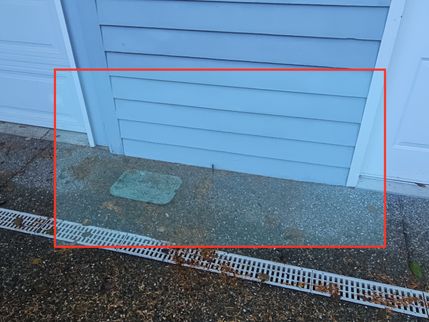
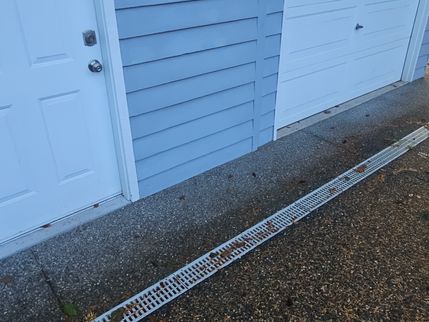
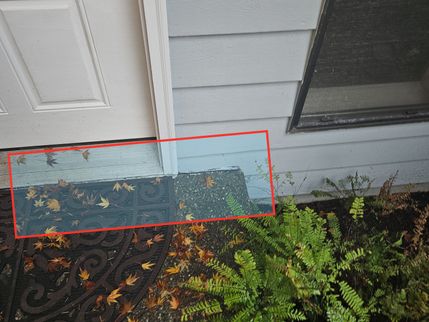

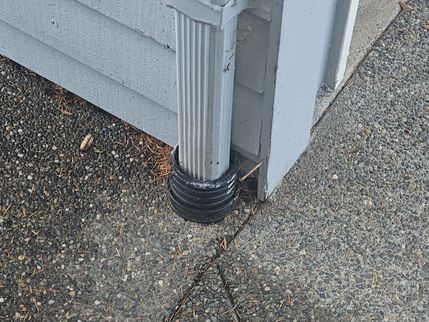
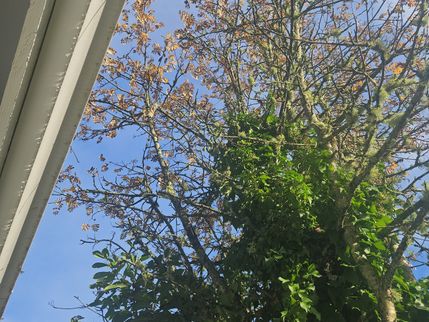
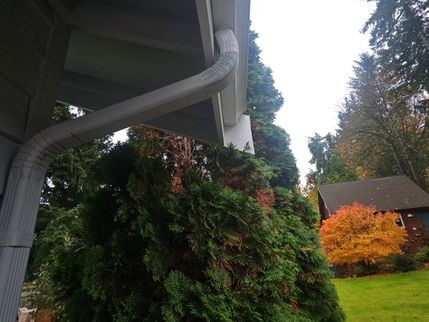
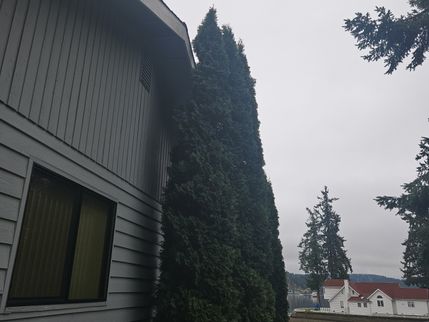


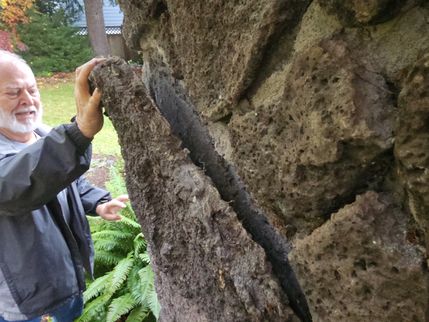
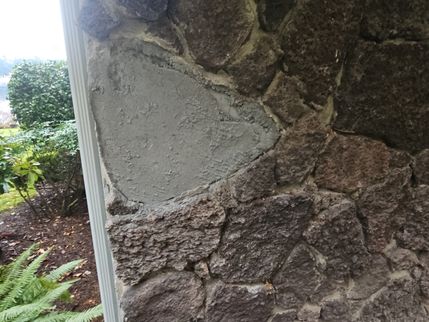

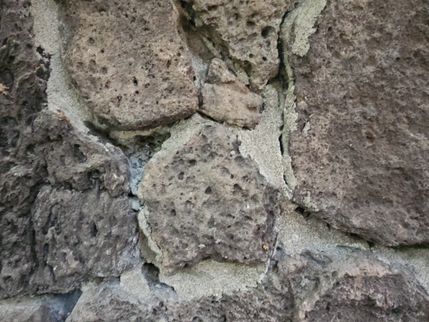
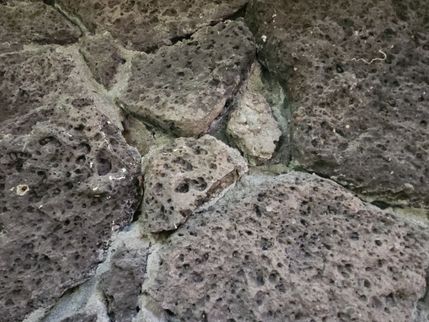
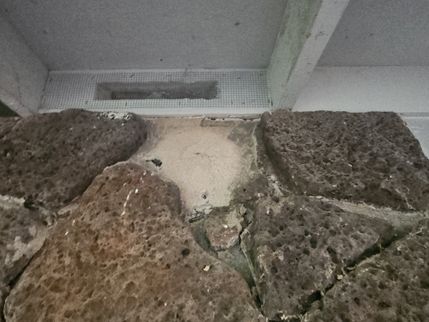

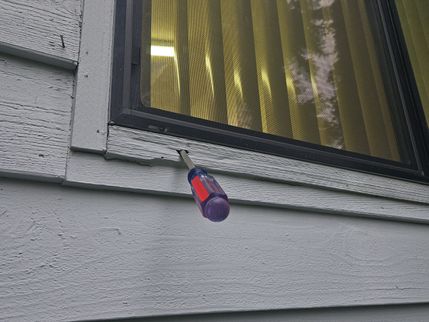
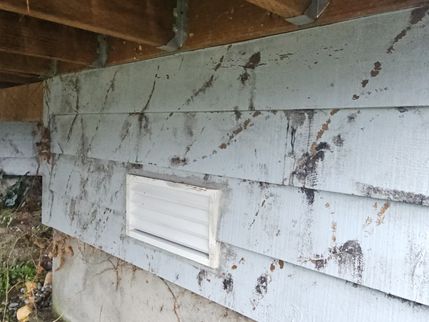
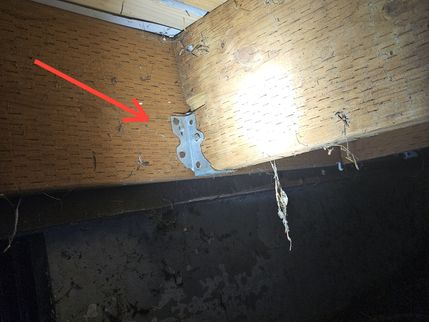
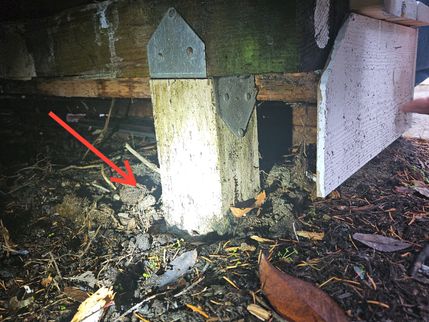
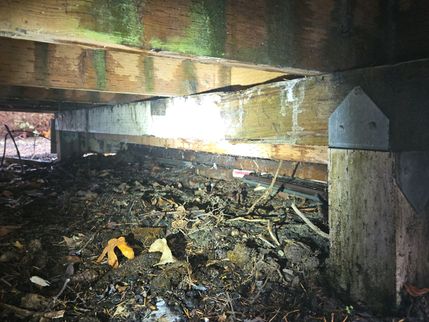
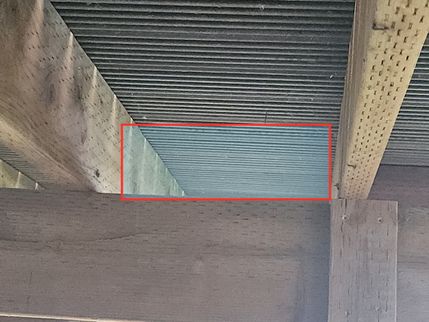

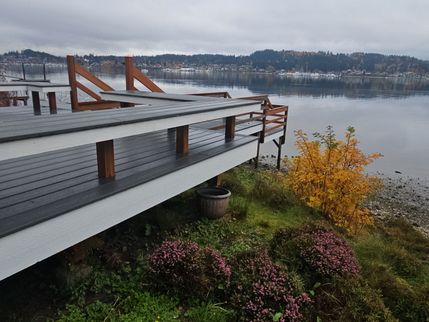
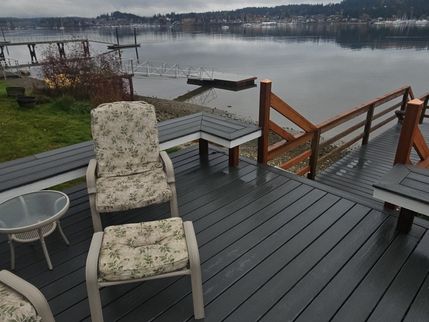
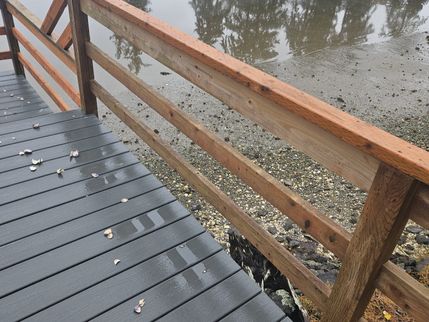
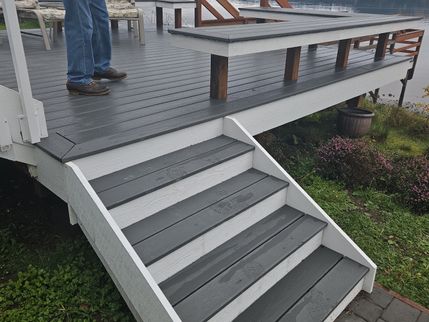
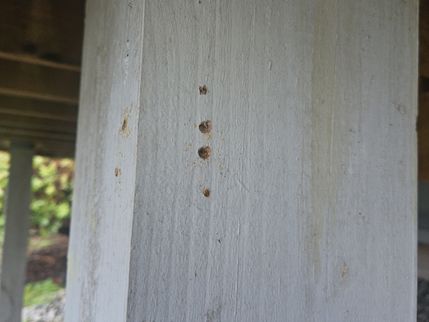
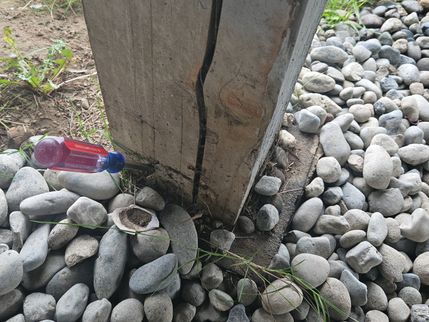
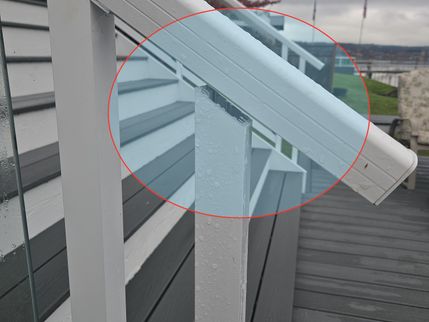
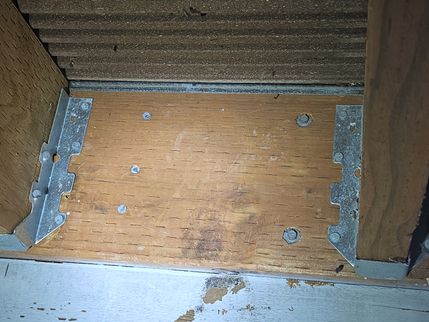
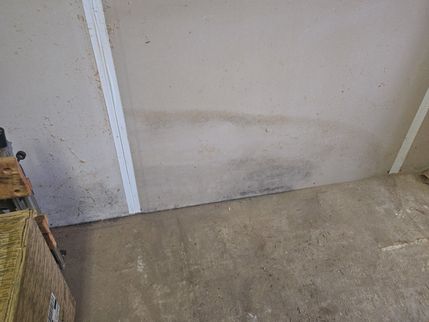
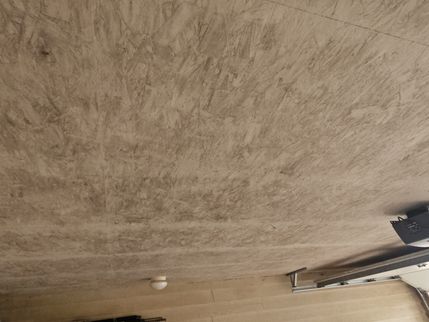

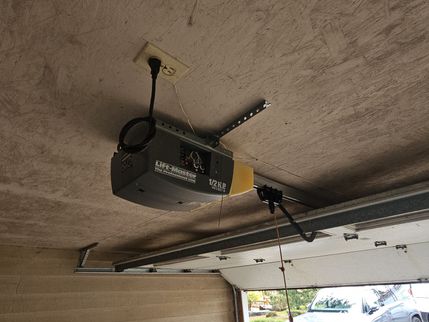
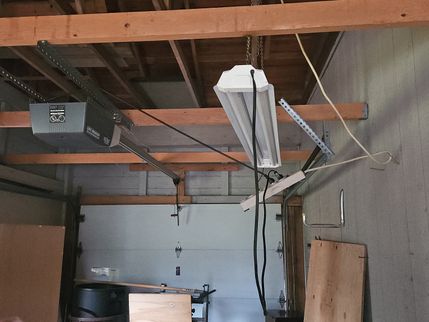

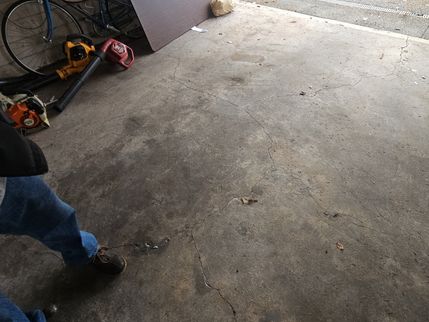
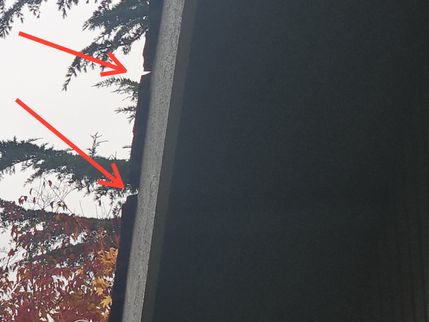
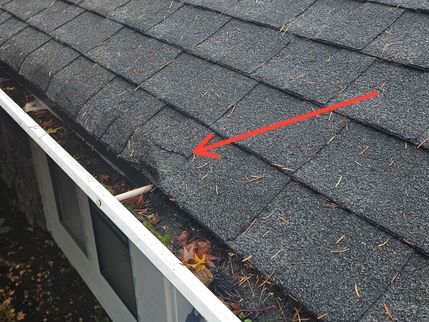
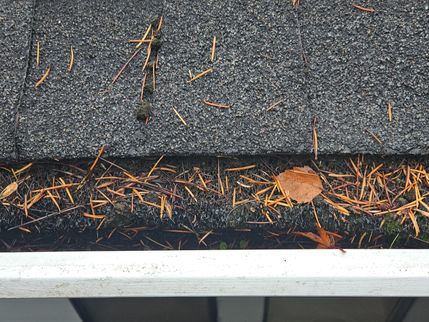
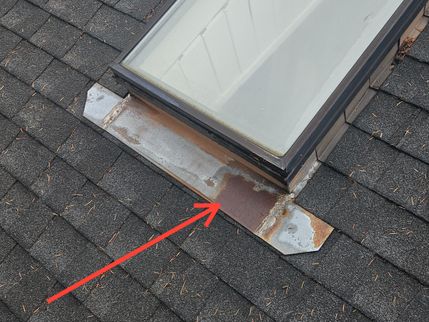
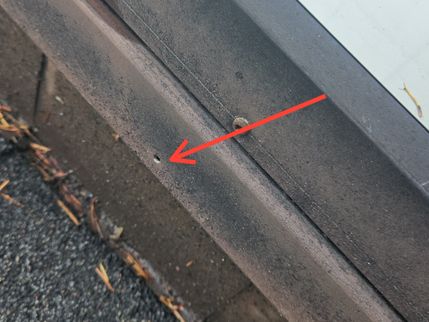
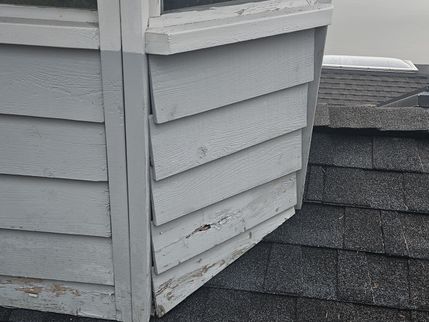

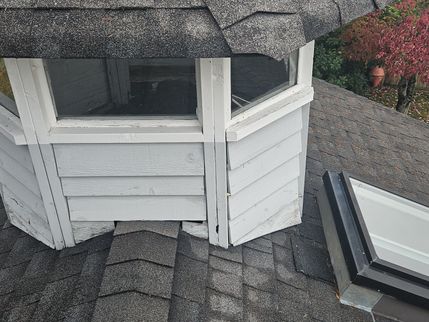
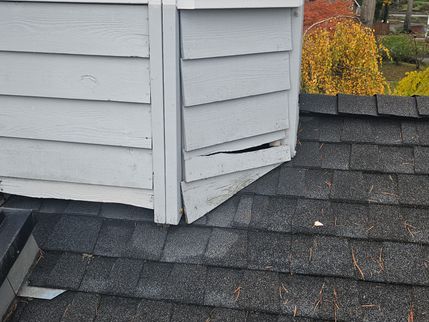
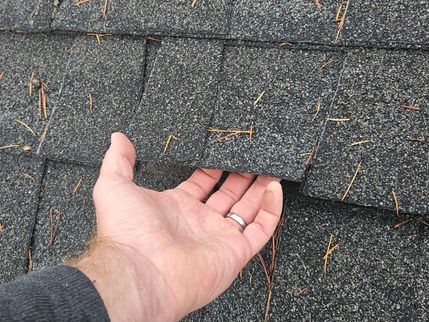
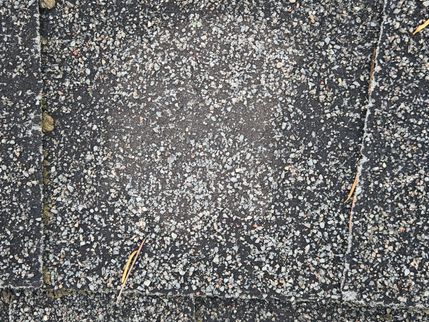

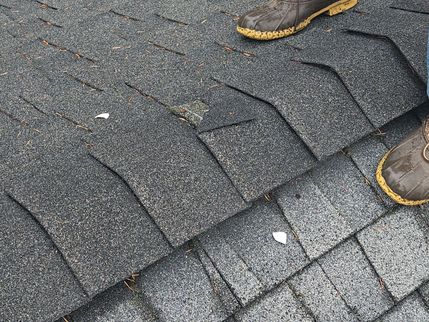
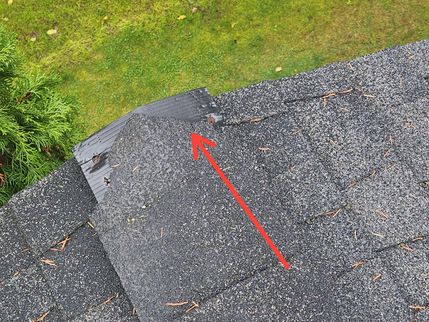
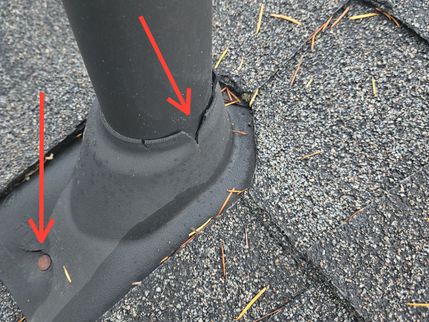



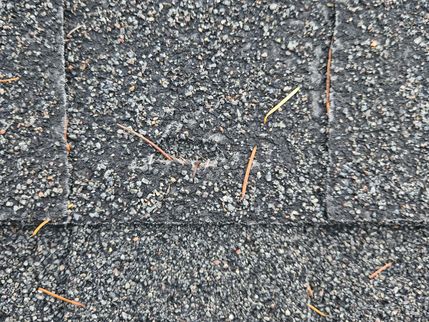
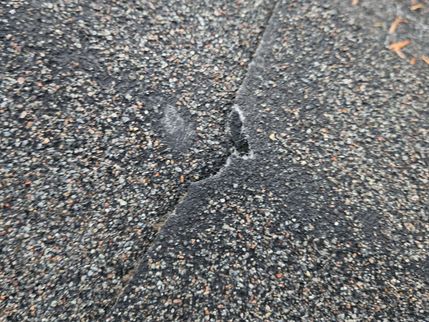
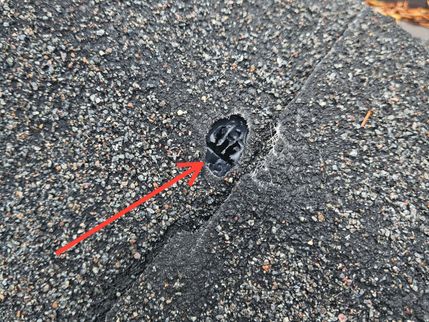
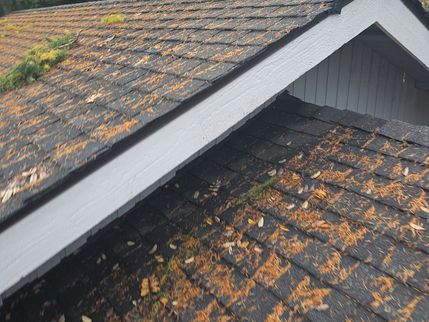
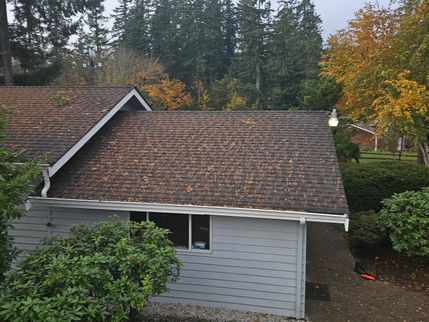
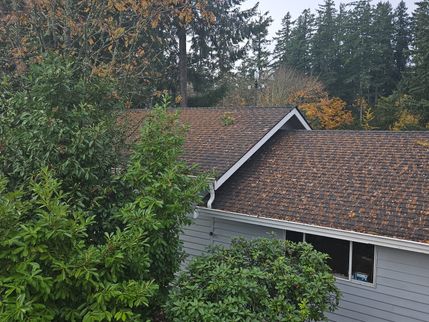
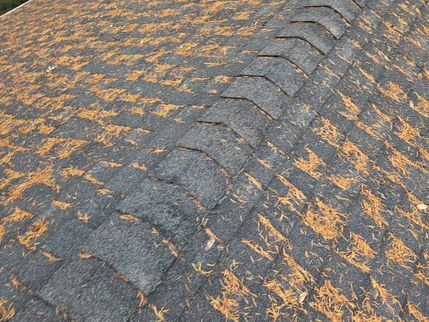

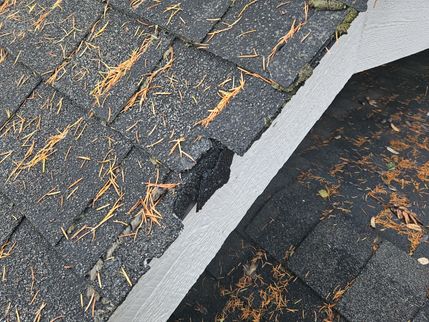
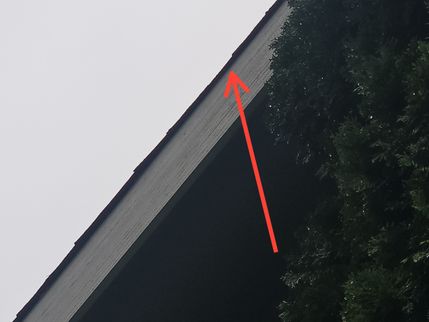


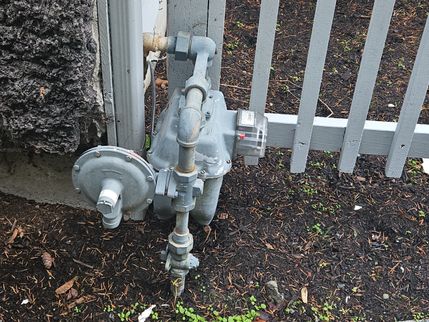
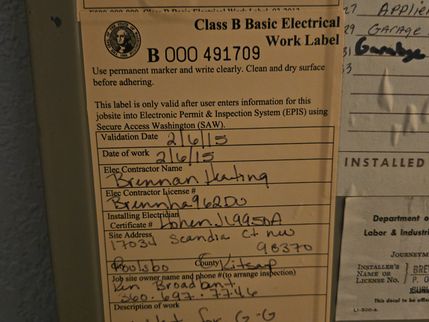

.jpg)
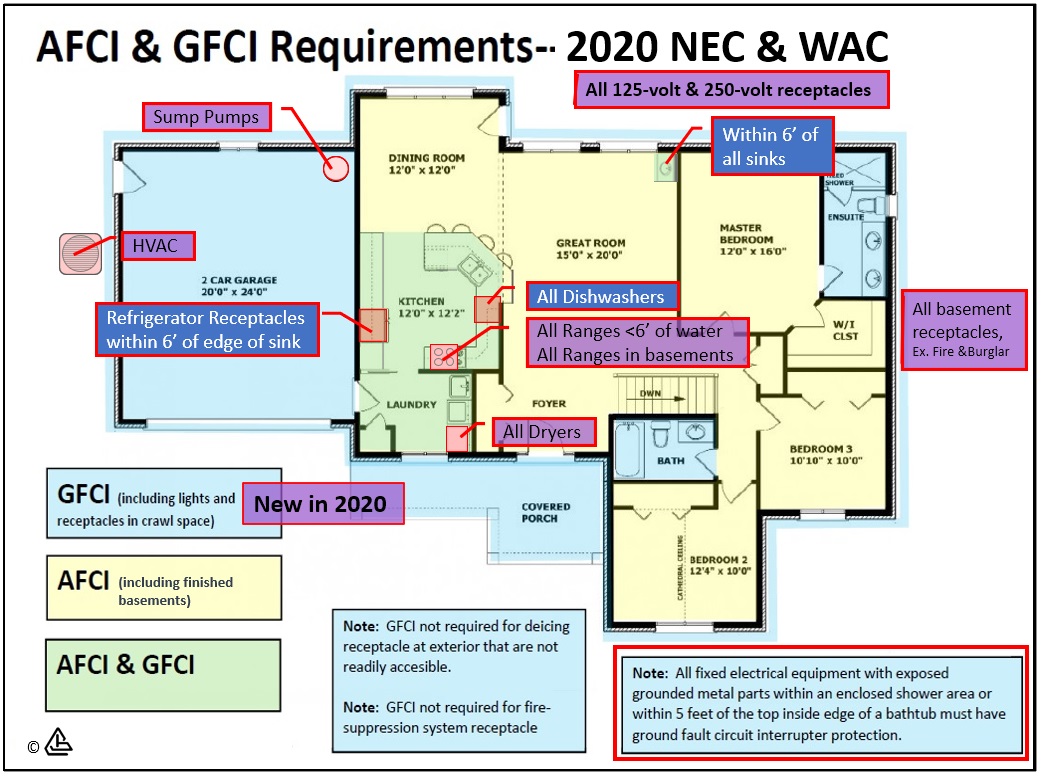
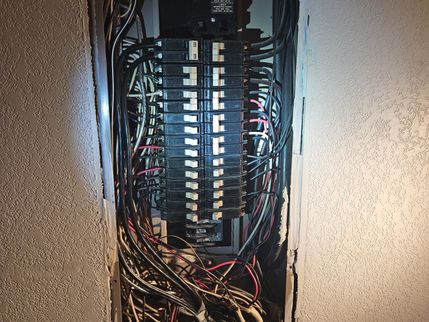
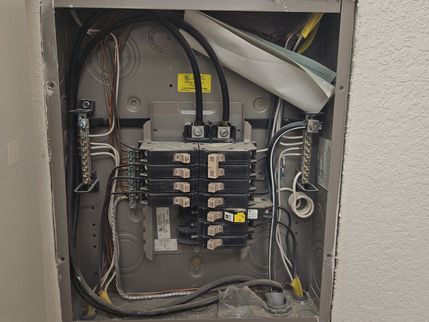
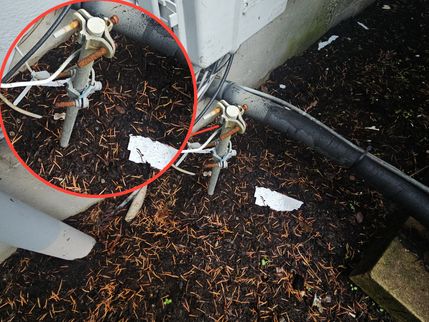
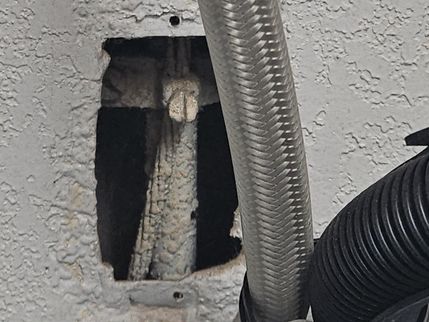
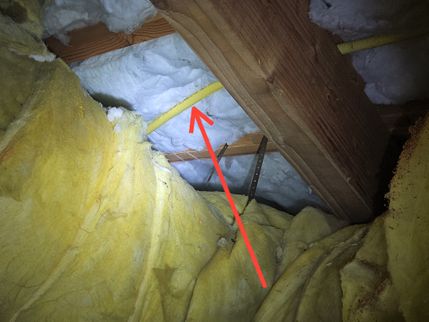
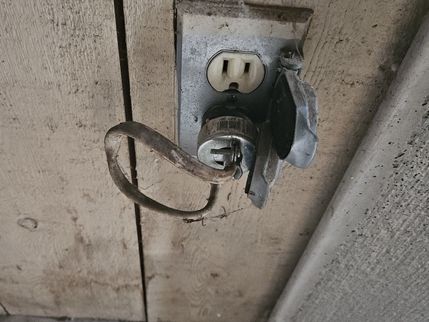
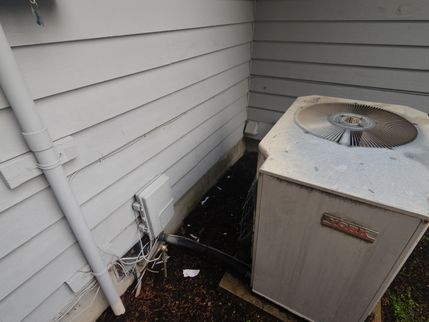
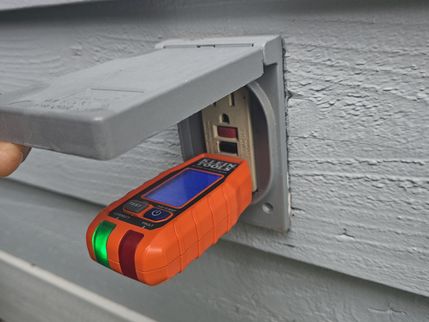
.png)
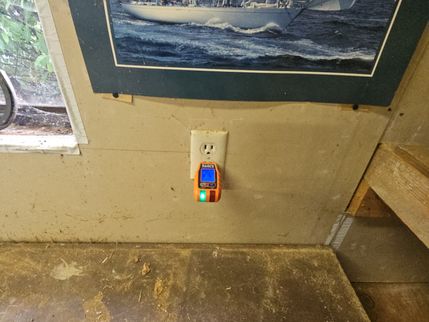
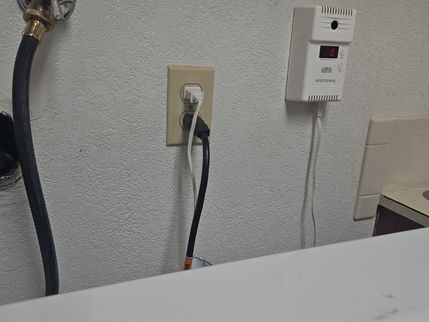
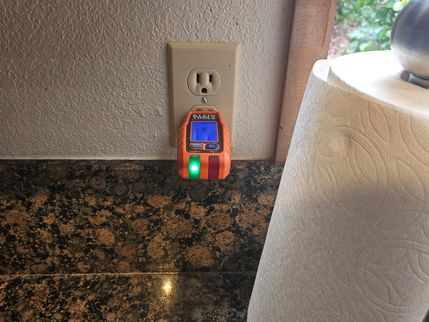

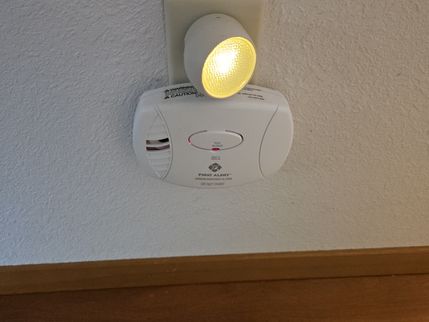





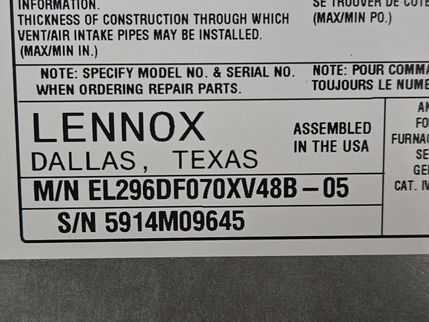
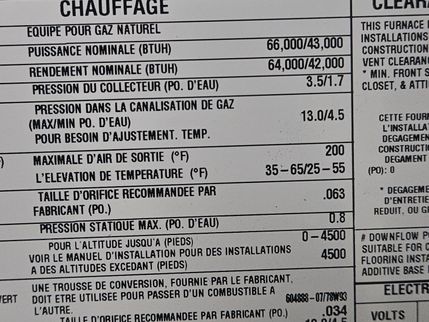
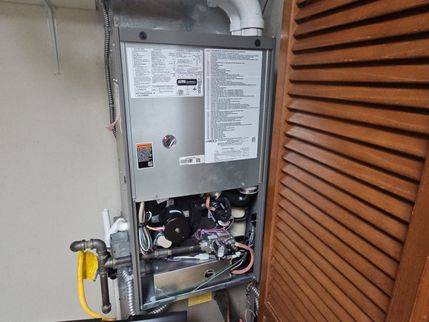

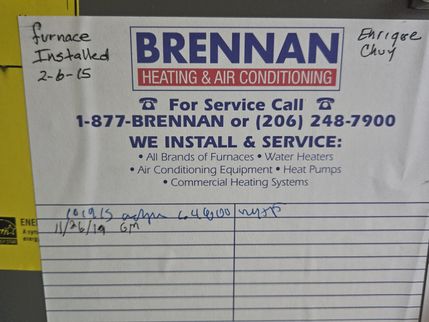
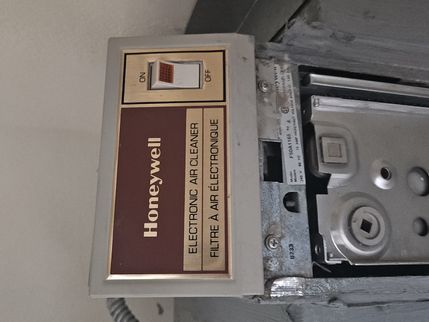
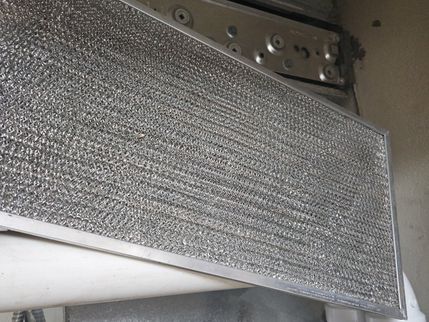

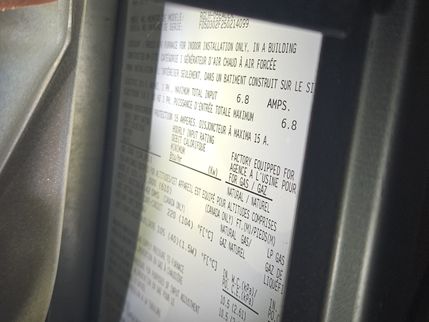

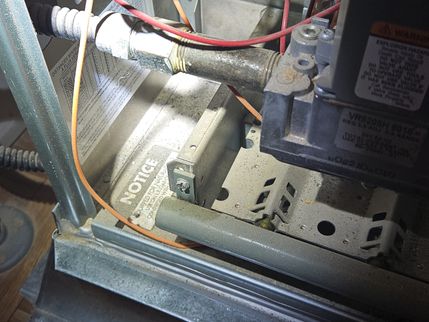
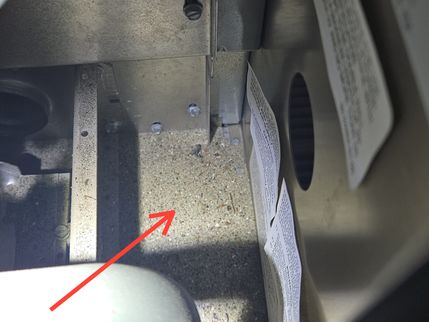
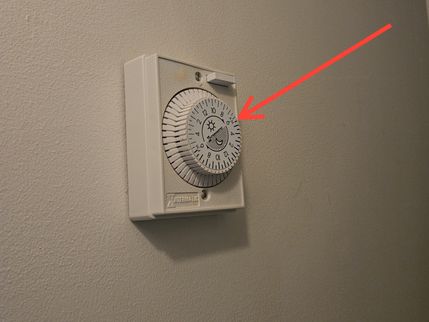
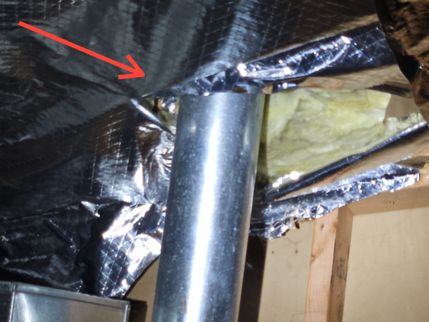


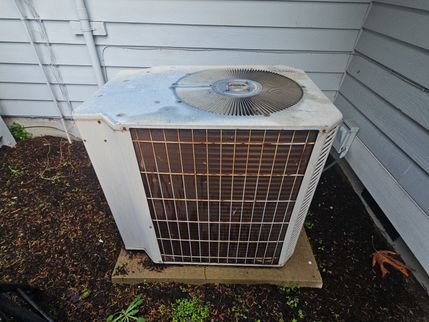
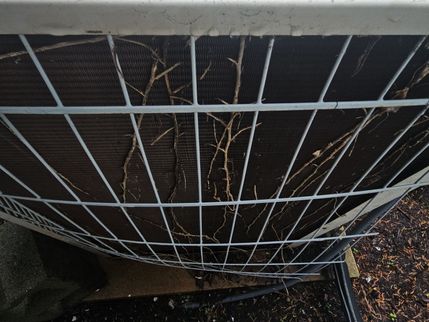
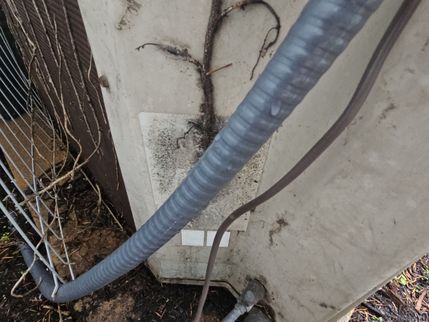

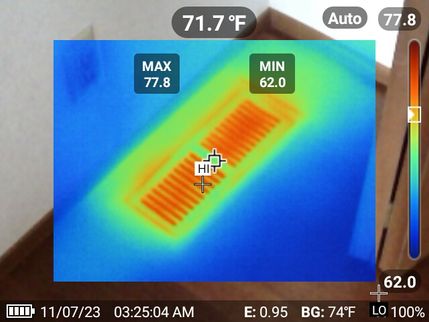
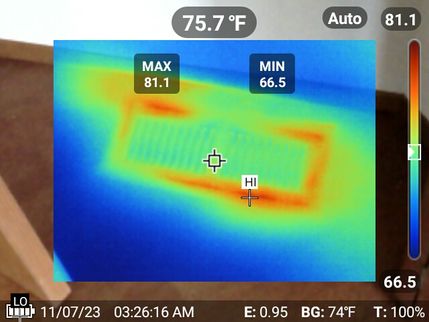
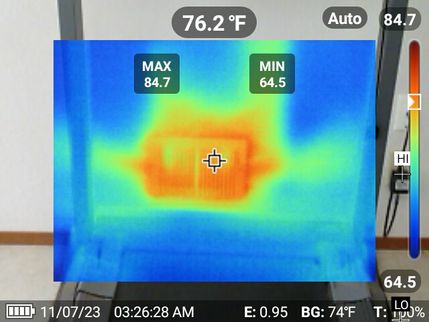

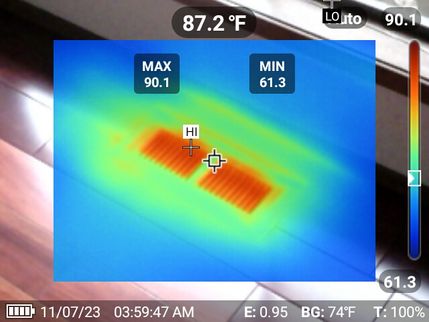
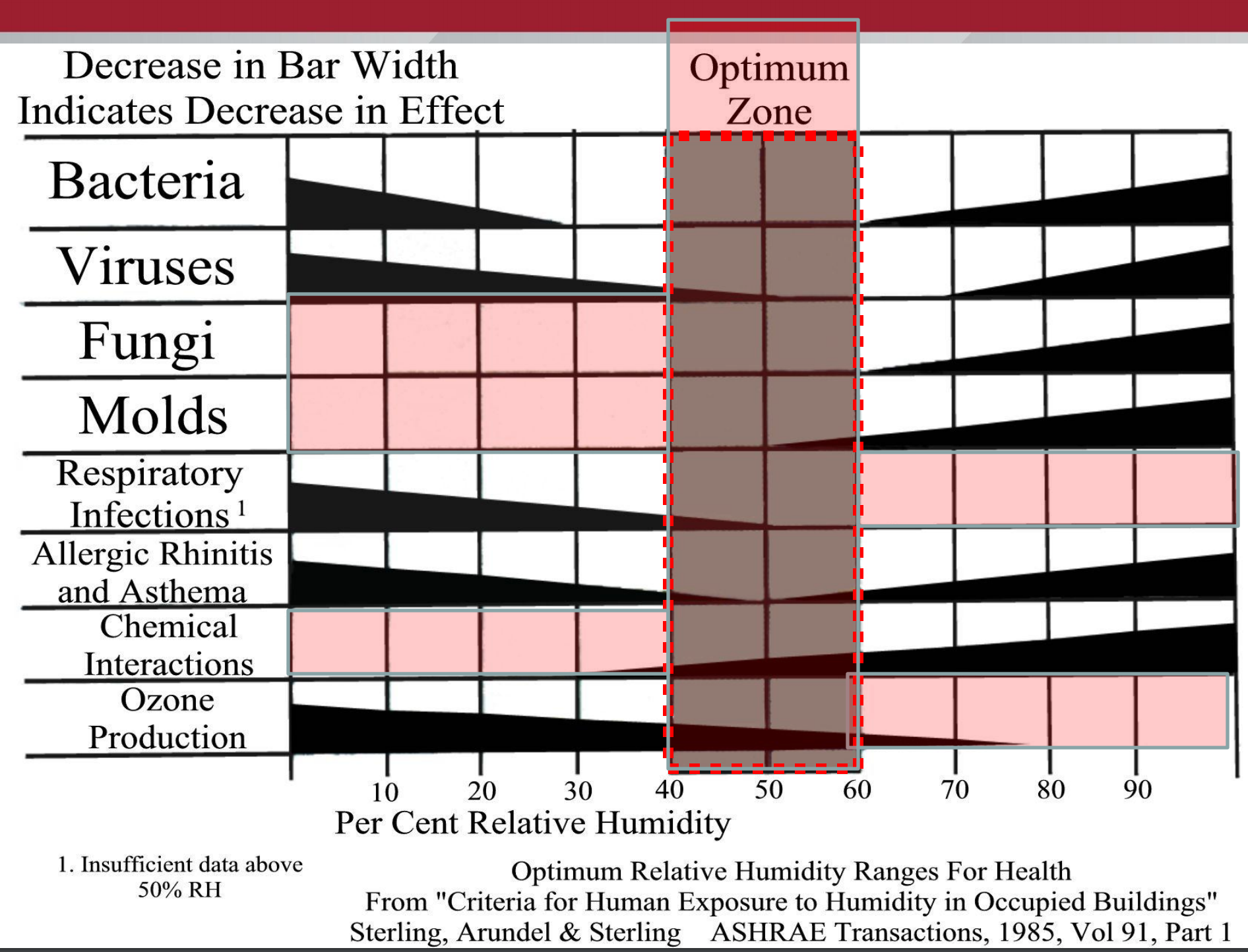
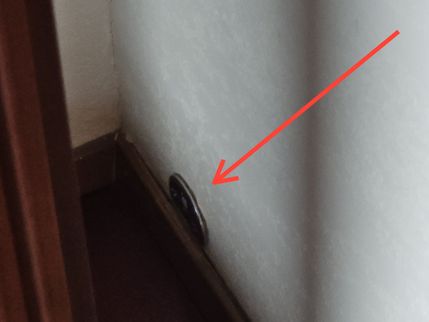
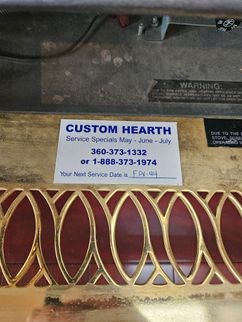

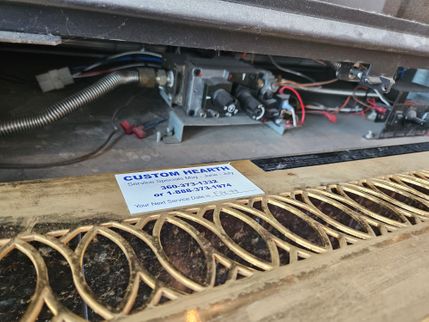
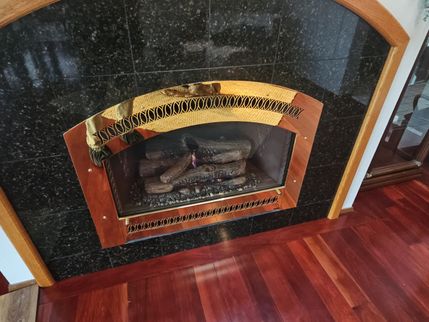
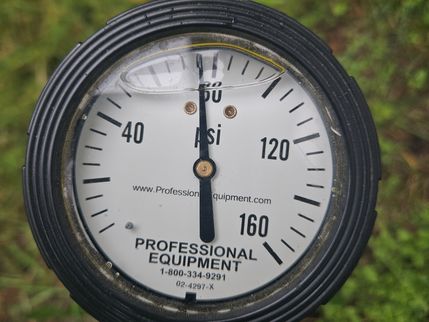
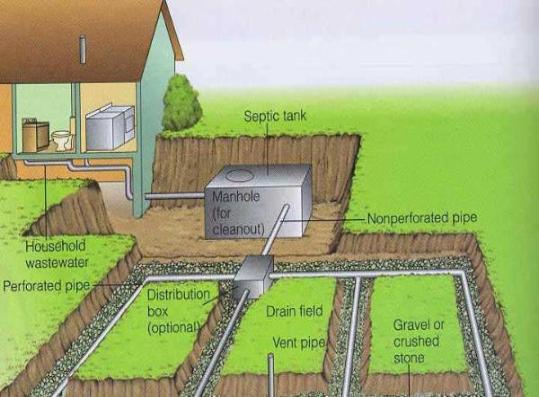
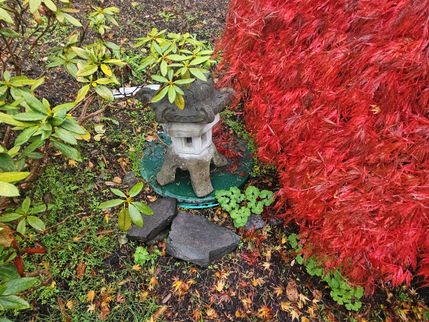
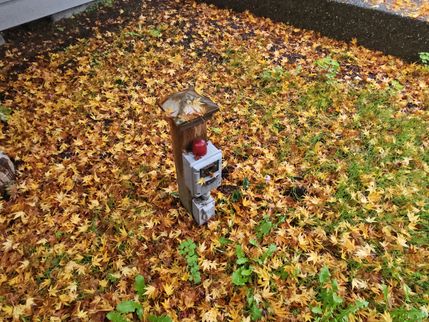
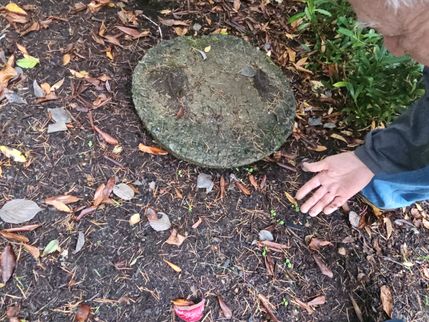
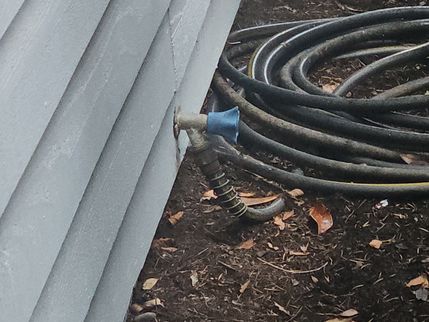
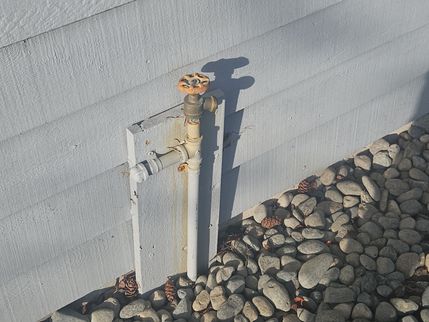

 (1) (1).jpg)
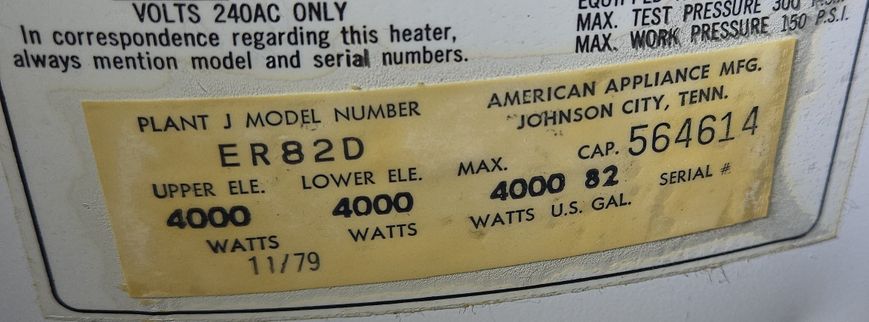

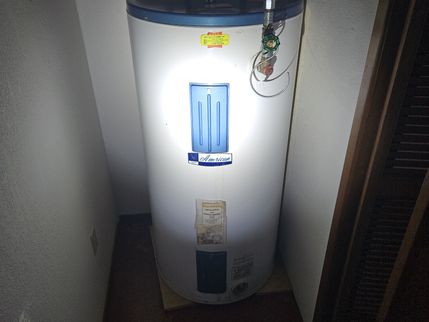
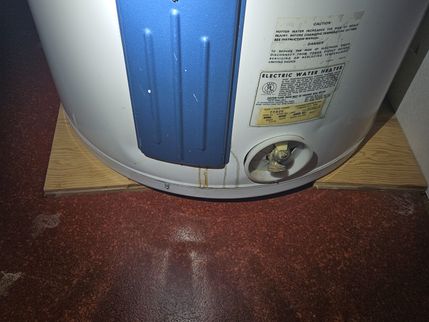
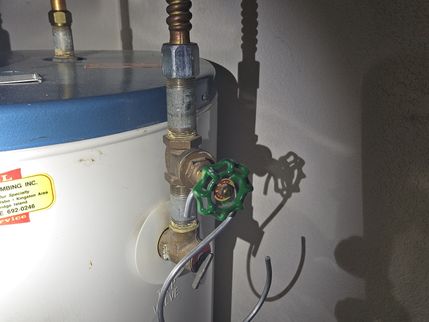

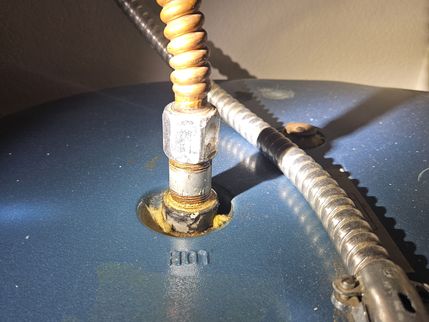
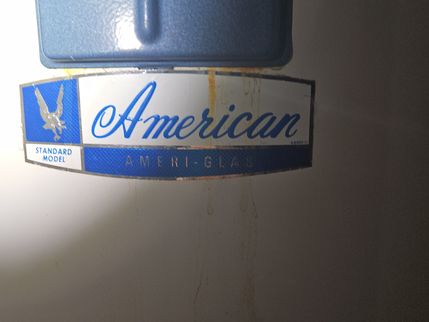
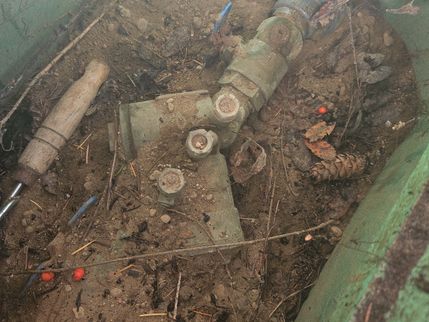
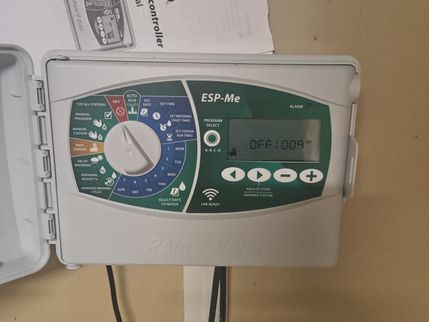
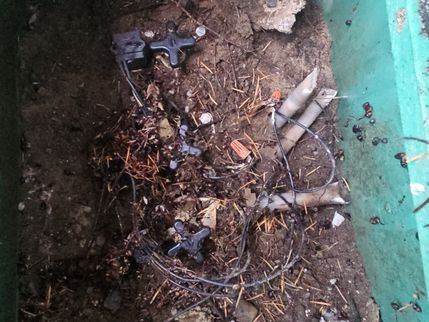
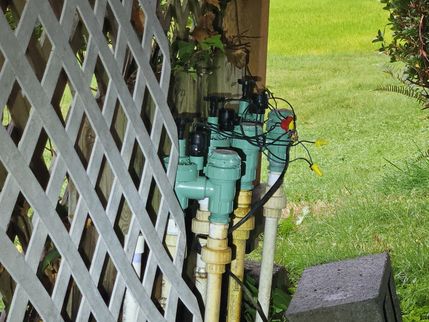
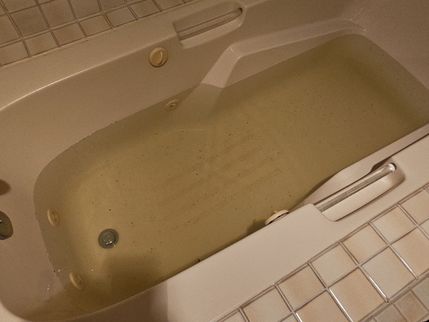

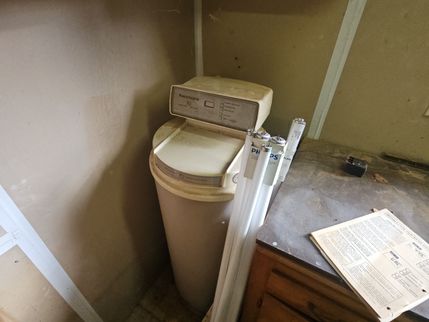
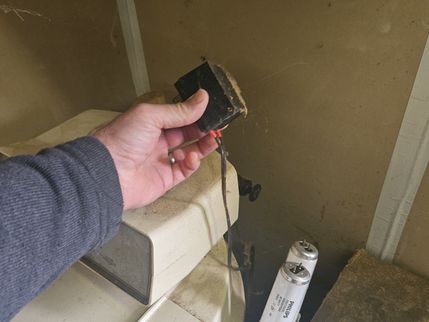

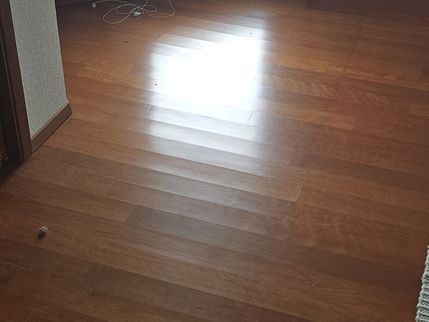

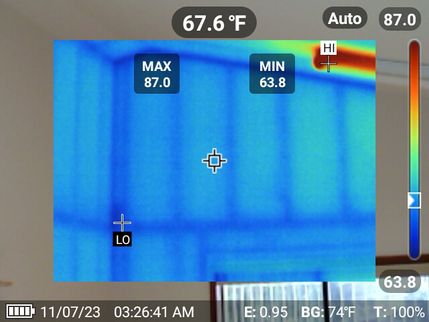
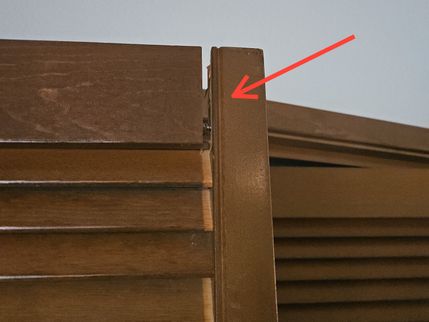
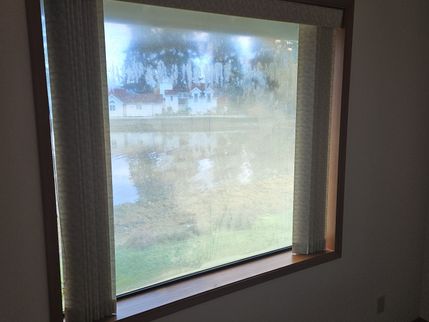

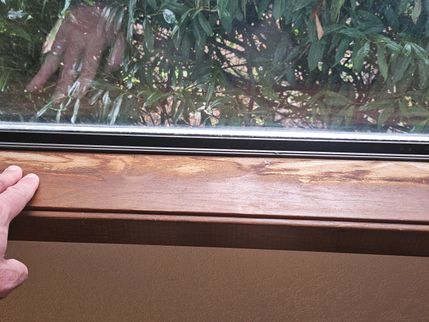

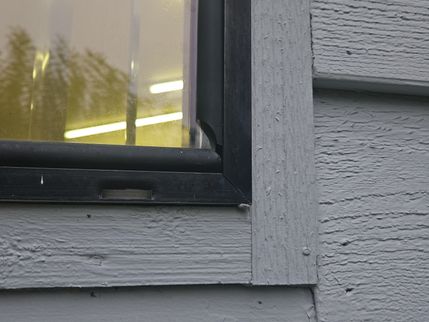
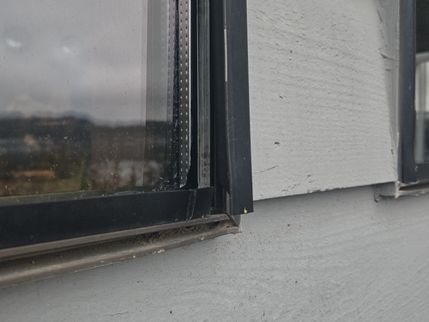


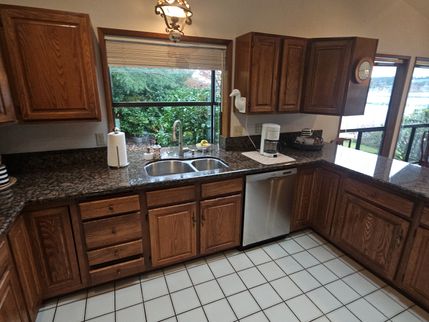

.jpg)
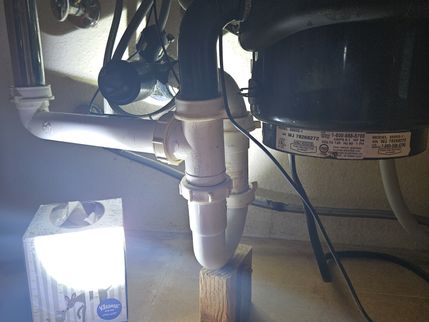
.jpg)
.jpg)
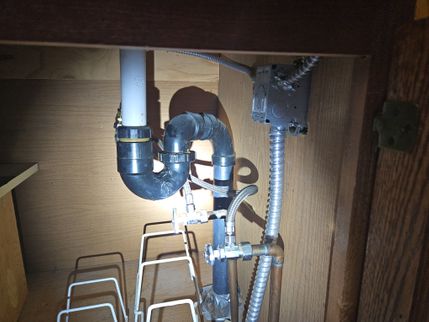


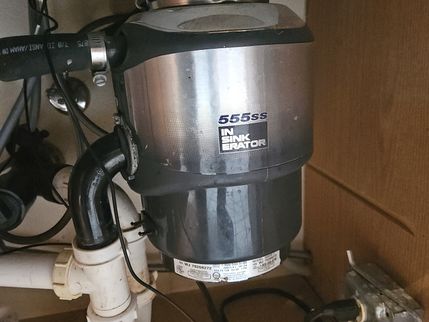

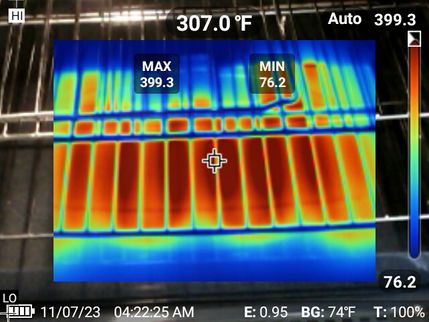
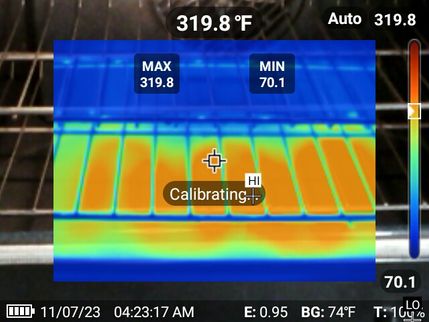

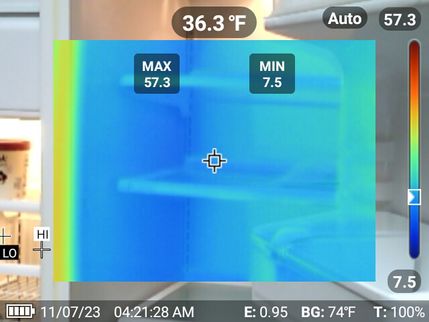

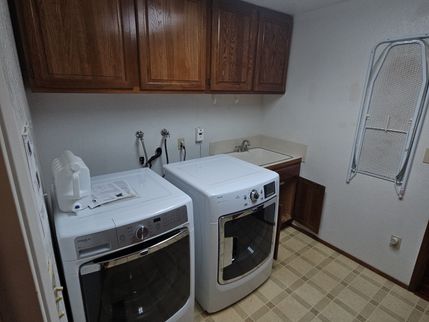
.png)
.png)
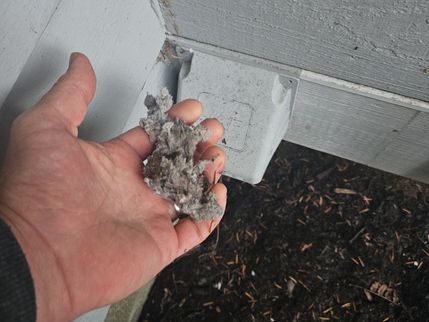
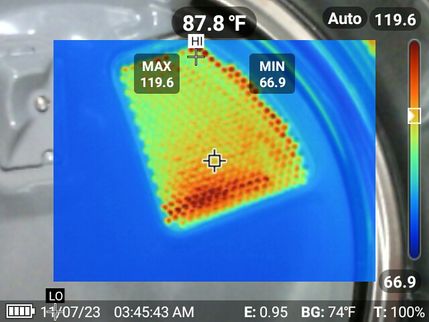

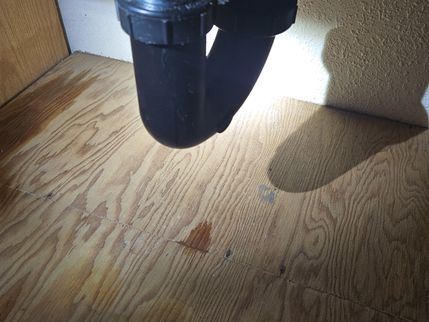
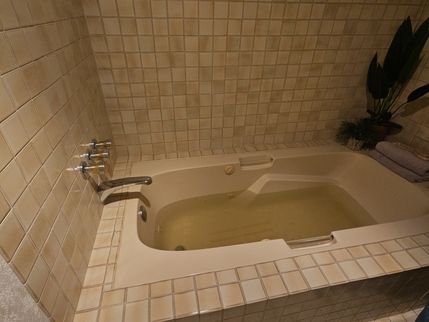
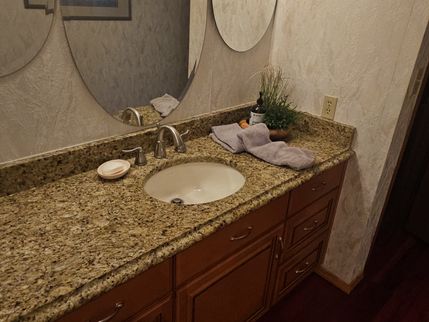
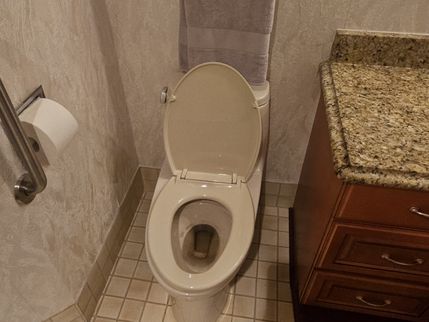
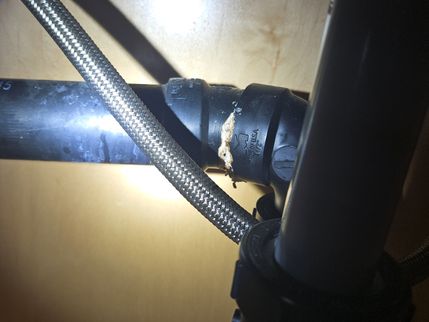
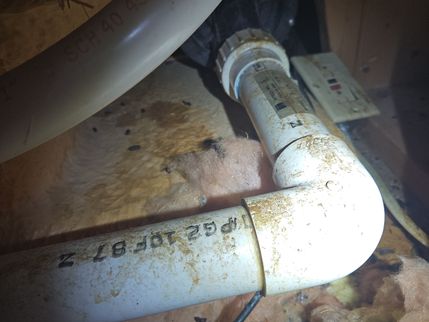
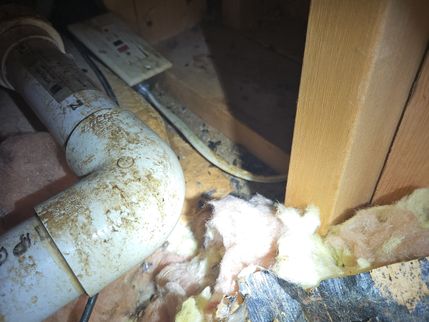
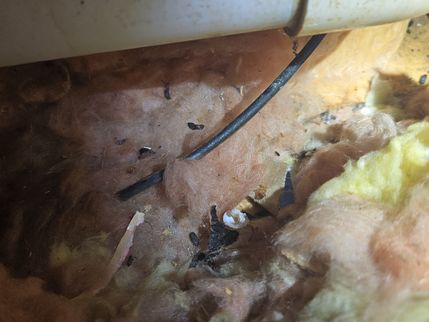



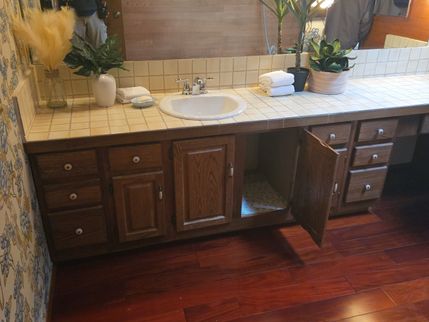
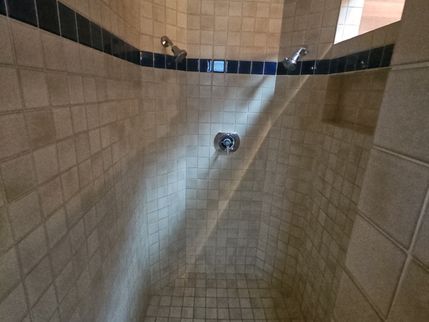
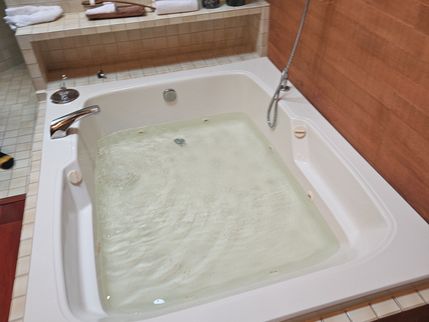
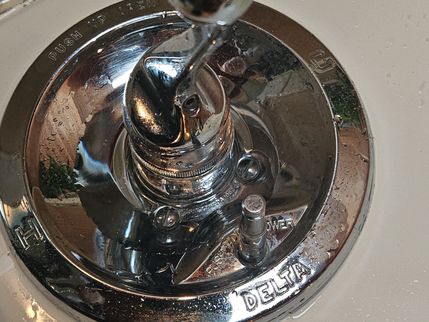




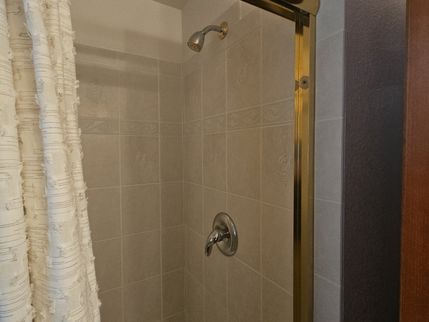



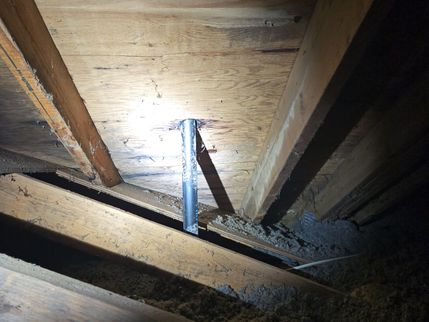
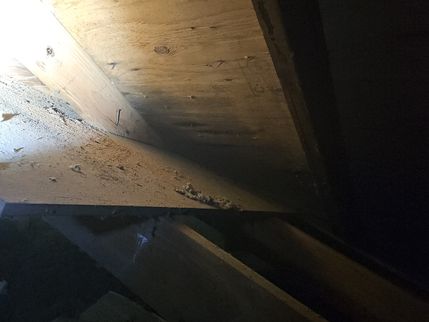

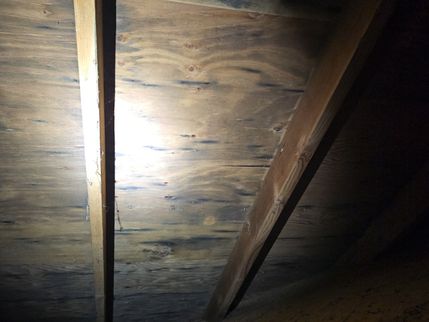
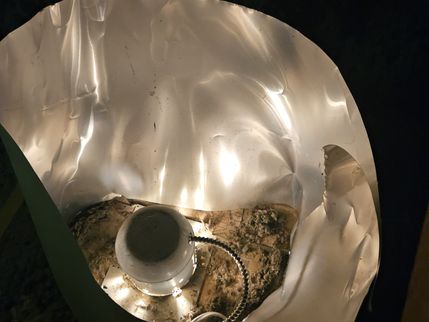
.jpg)
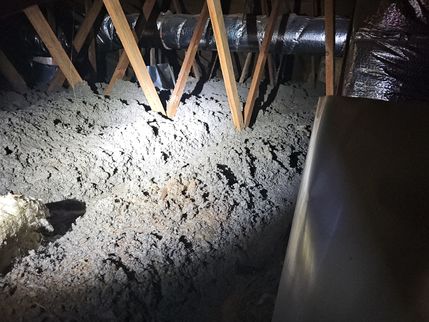
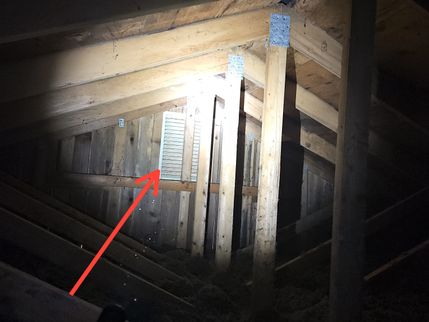
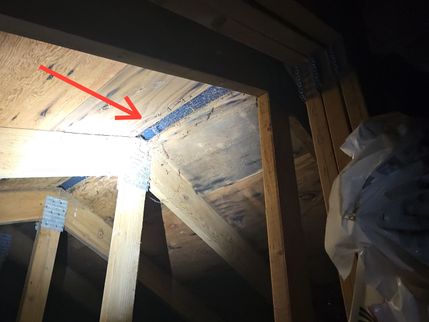
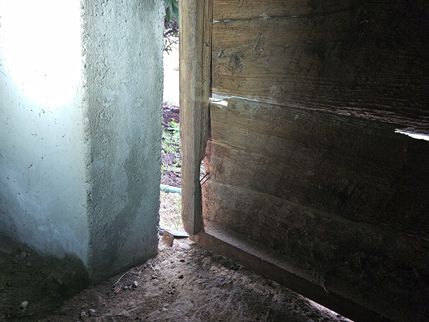
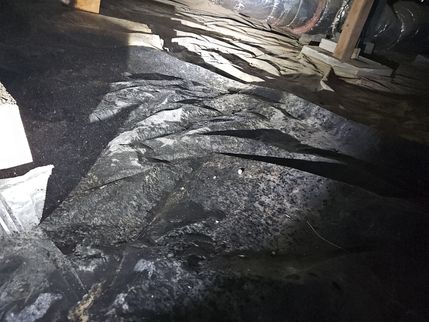
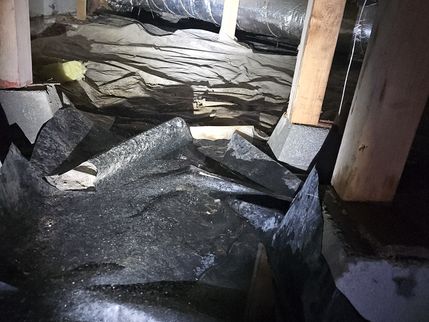
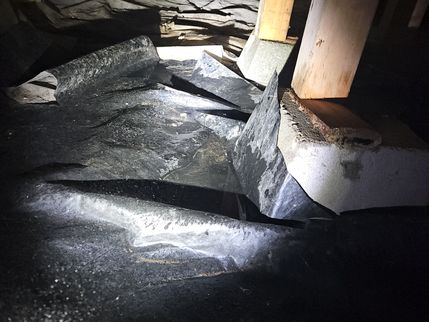
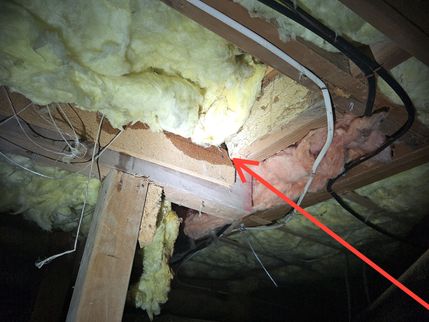
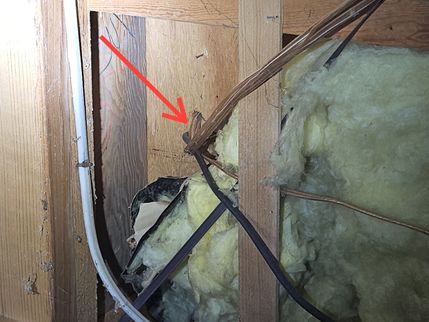

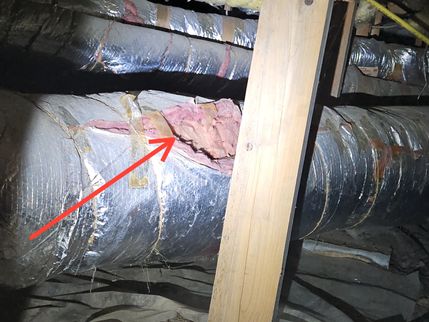
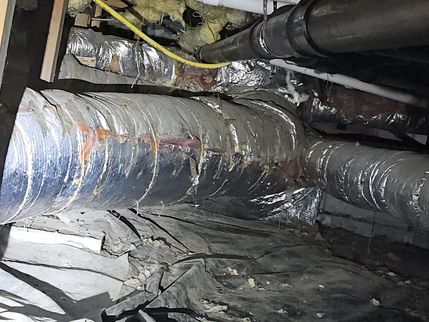
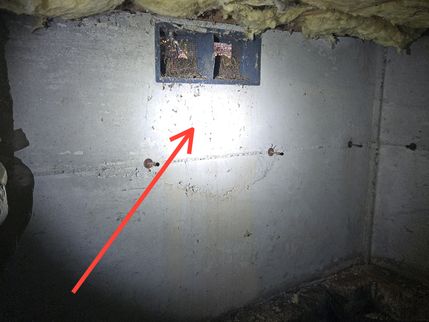
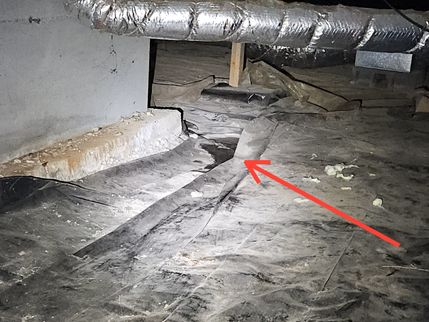
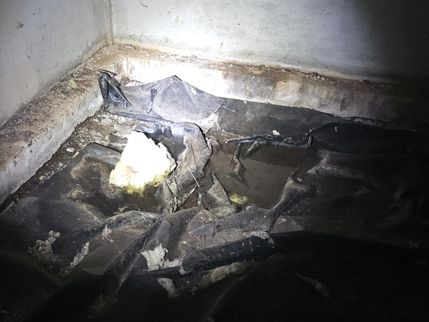
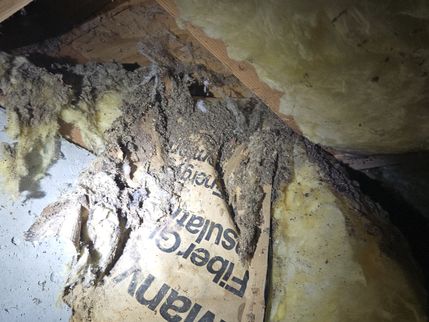

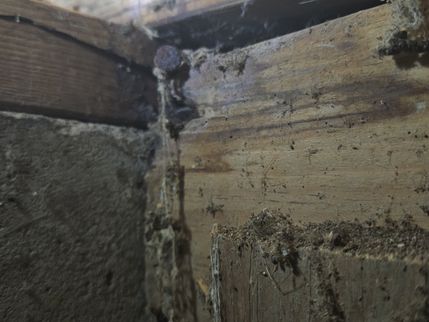
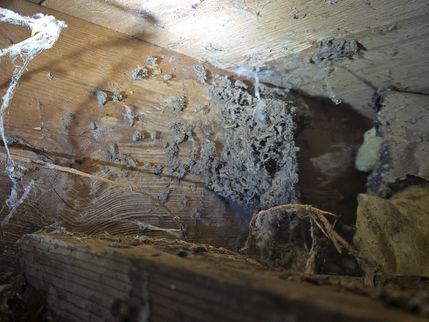
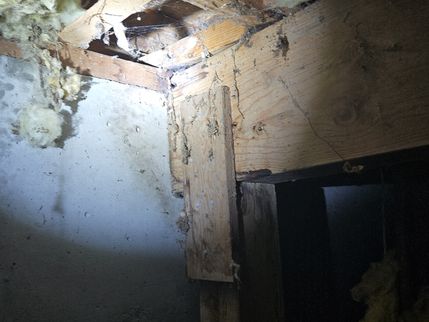
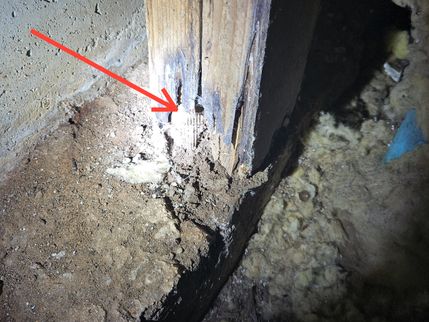
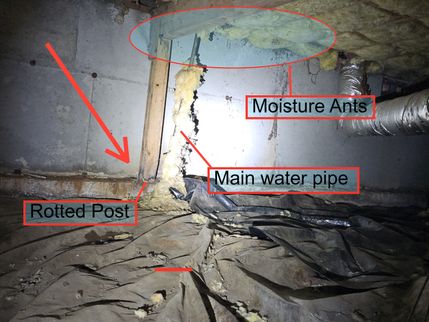
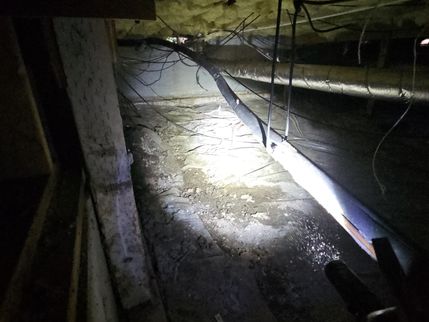
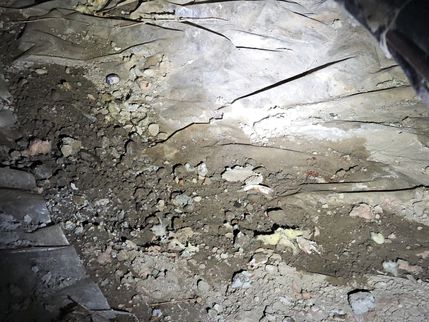
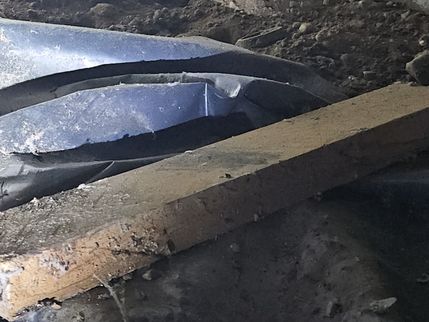

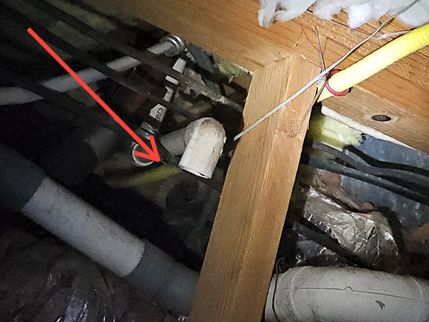
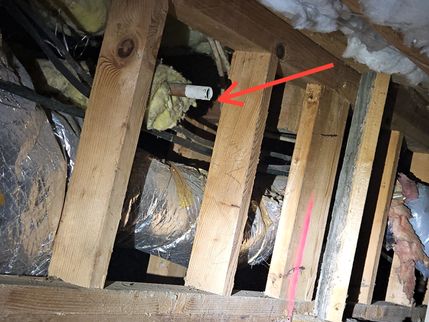
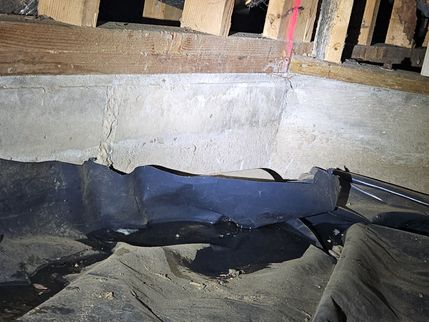

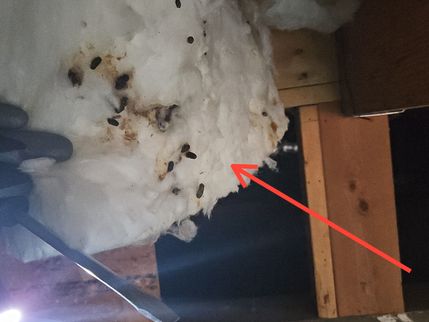

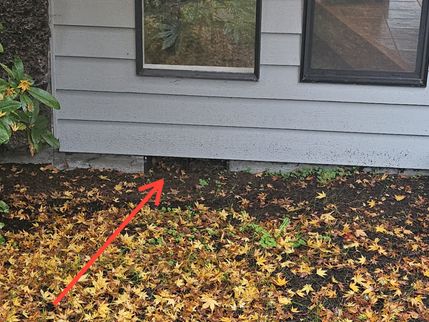

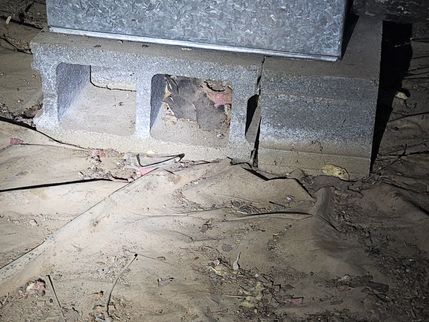
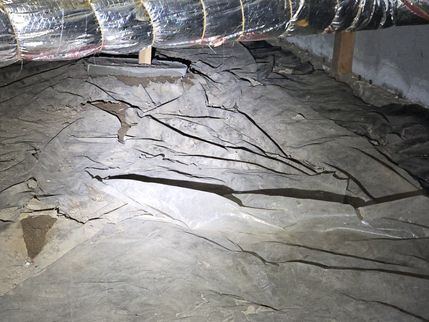
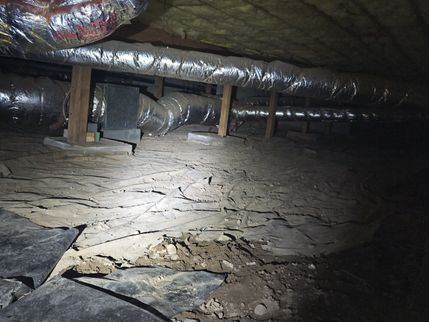
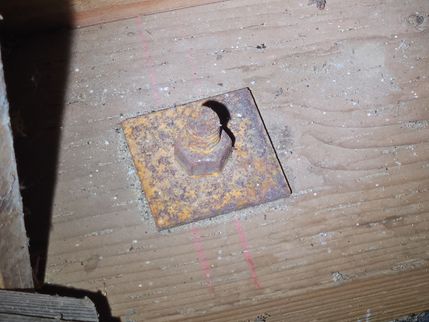
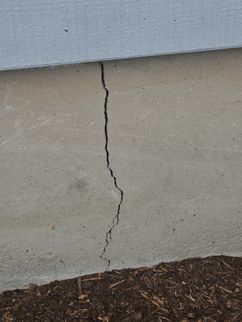
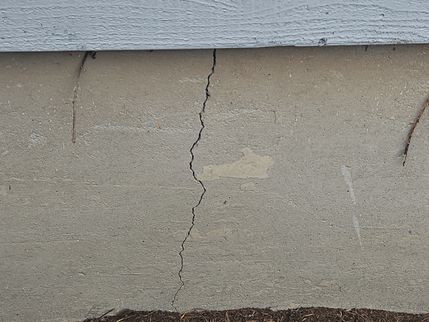
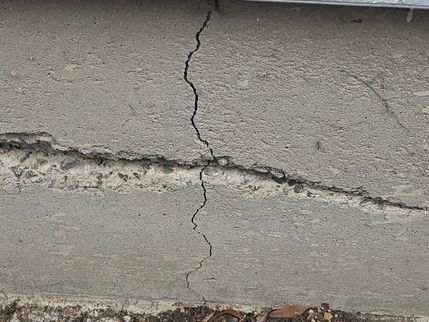
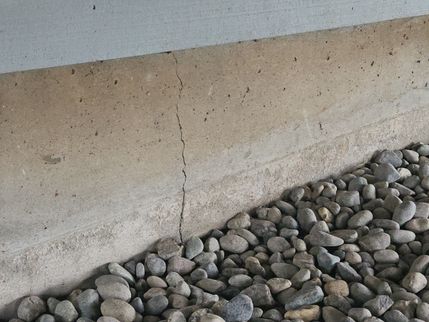
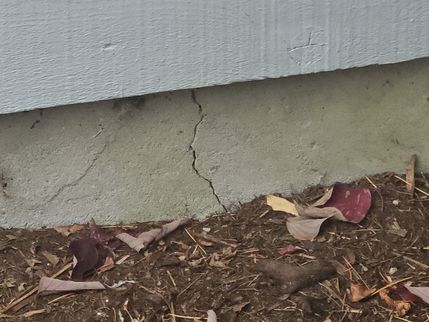
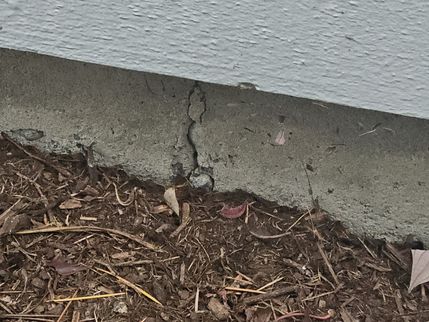
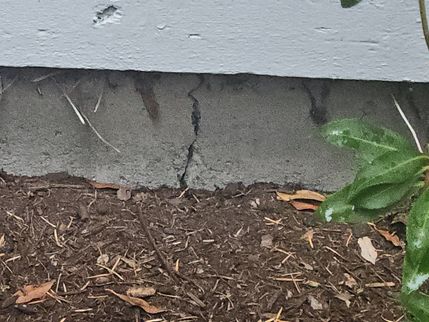
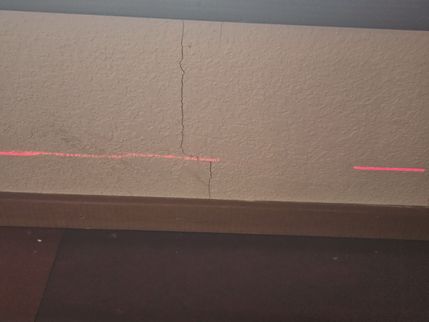

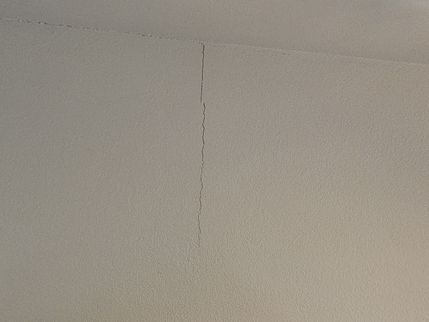
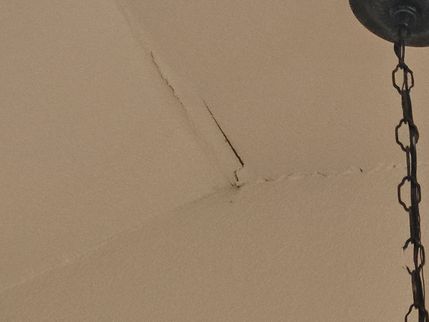
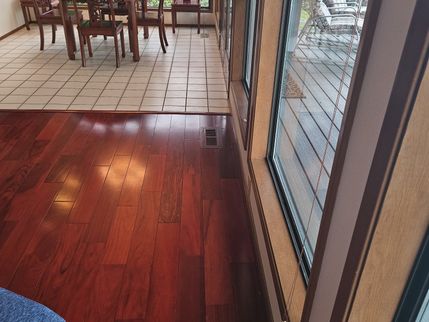
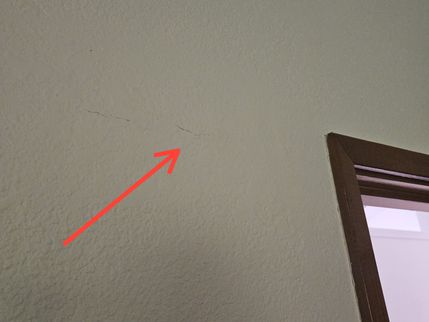

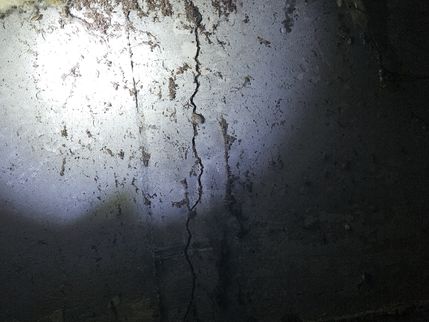
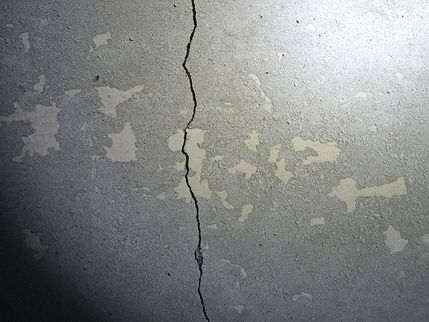


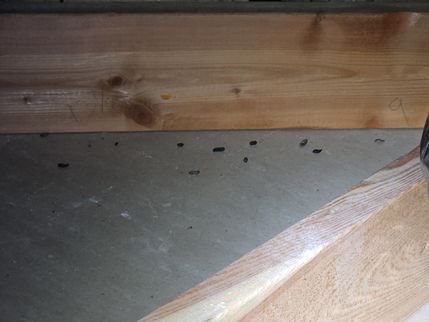
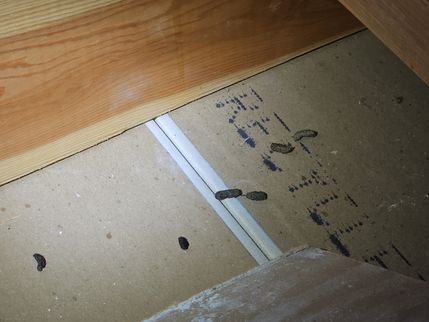
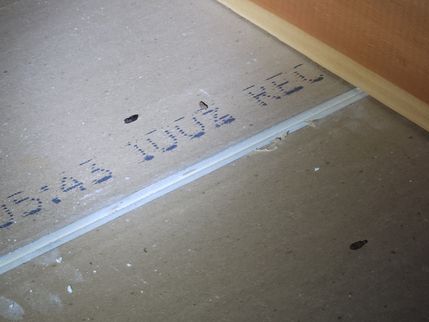
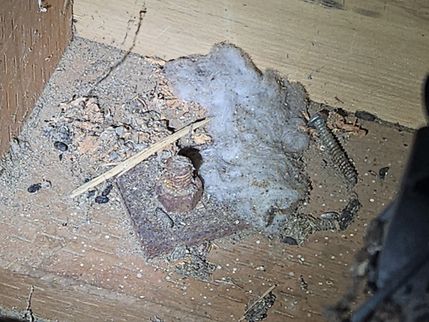
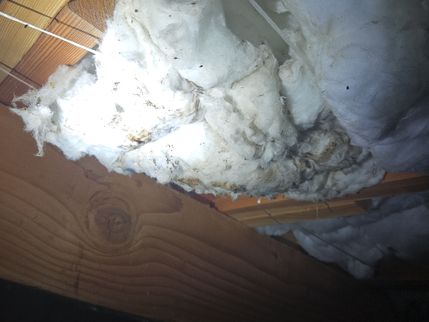
.png)
.png)
.png)
